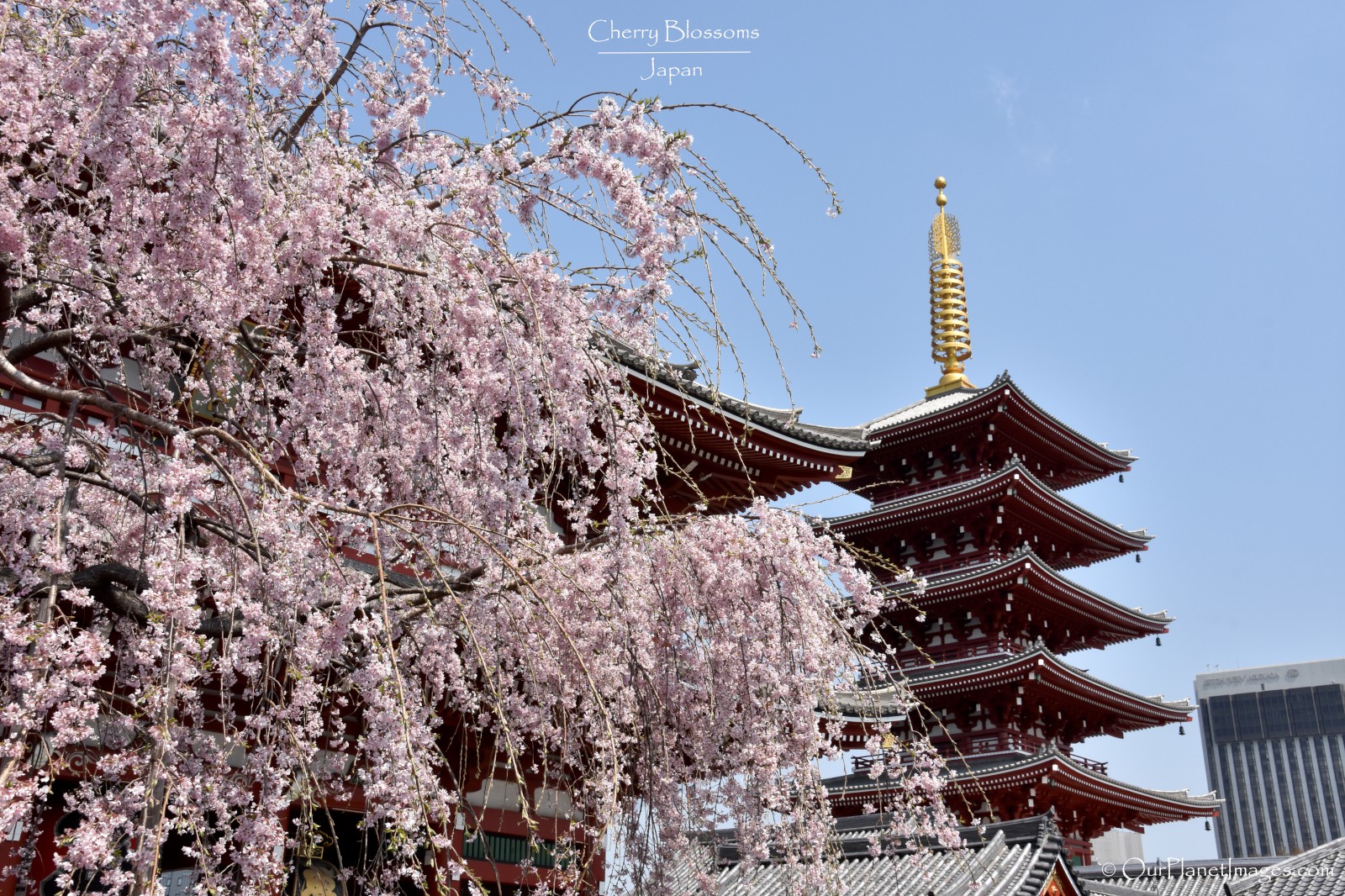Spring in Japan can mean only one thing, cherry blossoms!
There are over 100 varieties of cherry trees in Japan. A large majority of them have been cultivated by humans over the centuries for decorative use in gardens and parks but a few varieties are wild and native to Japan’s forests and they can be seen while traveling within Japan.
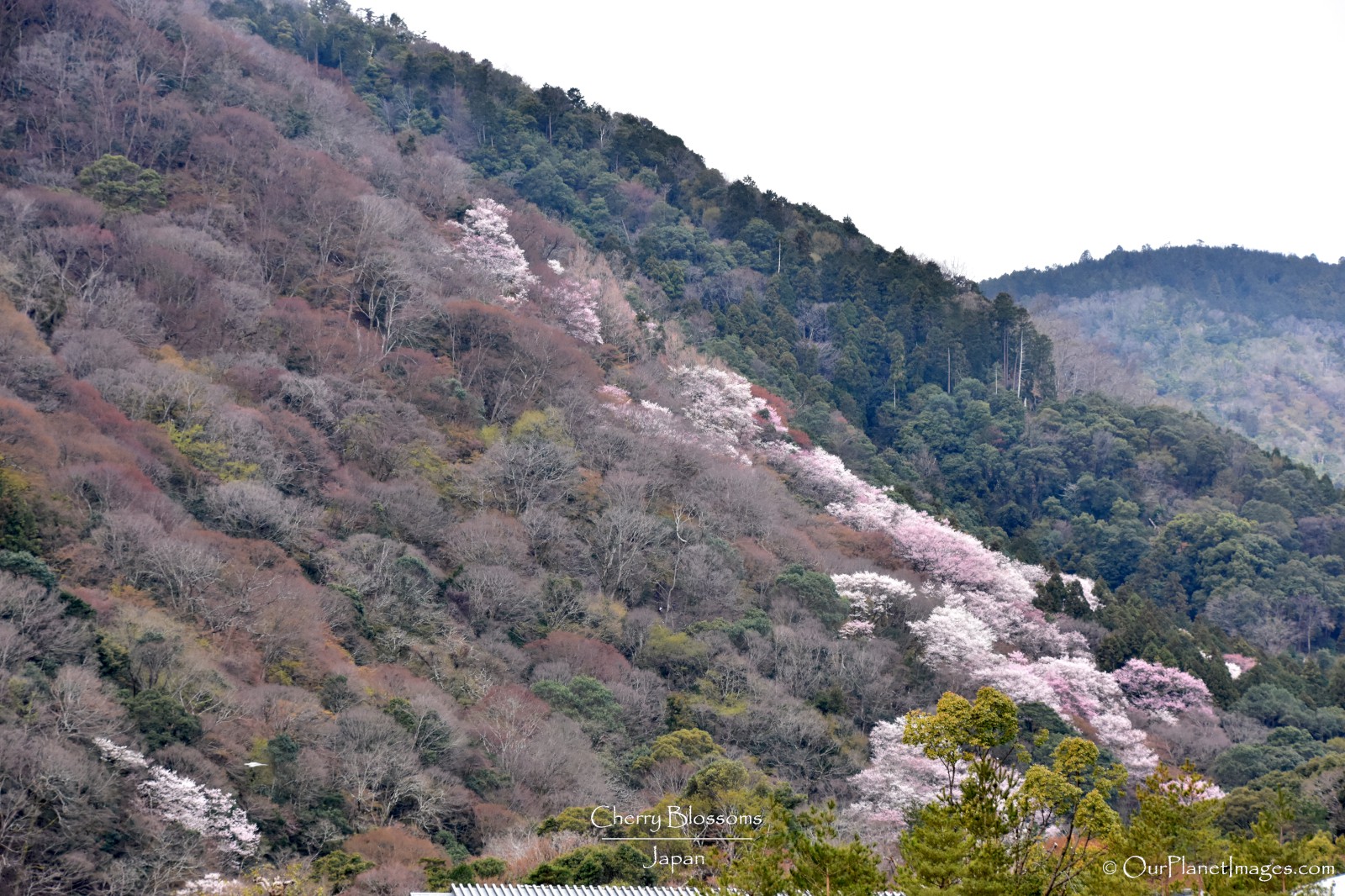
Tree Characteristics
With over 100 varieties of tree there is no doubt that are several characteristics differentiating the many cherry tree varieties. Some of the obvious difference are tree shape, number of petals on the flowers and color variations.
There are several different tree shapes but the most obvious are the trees with branches reaching upwards to the sky and those with branches sagging or weeping.
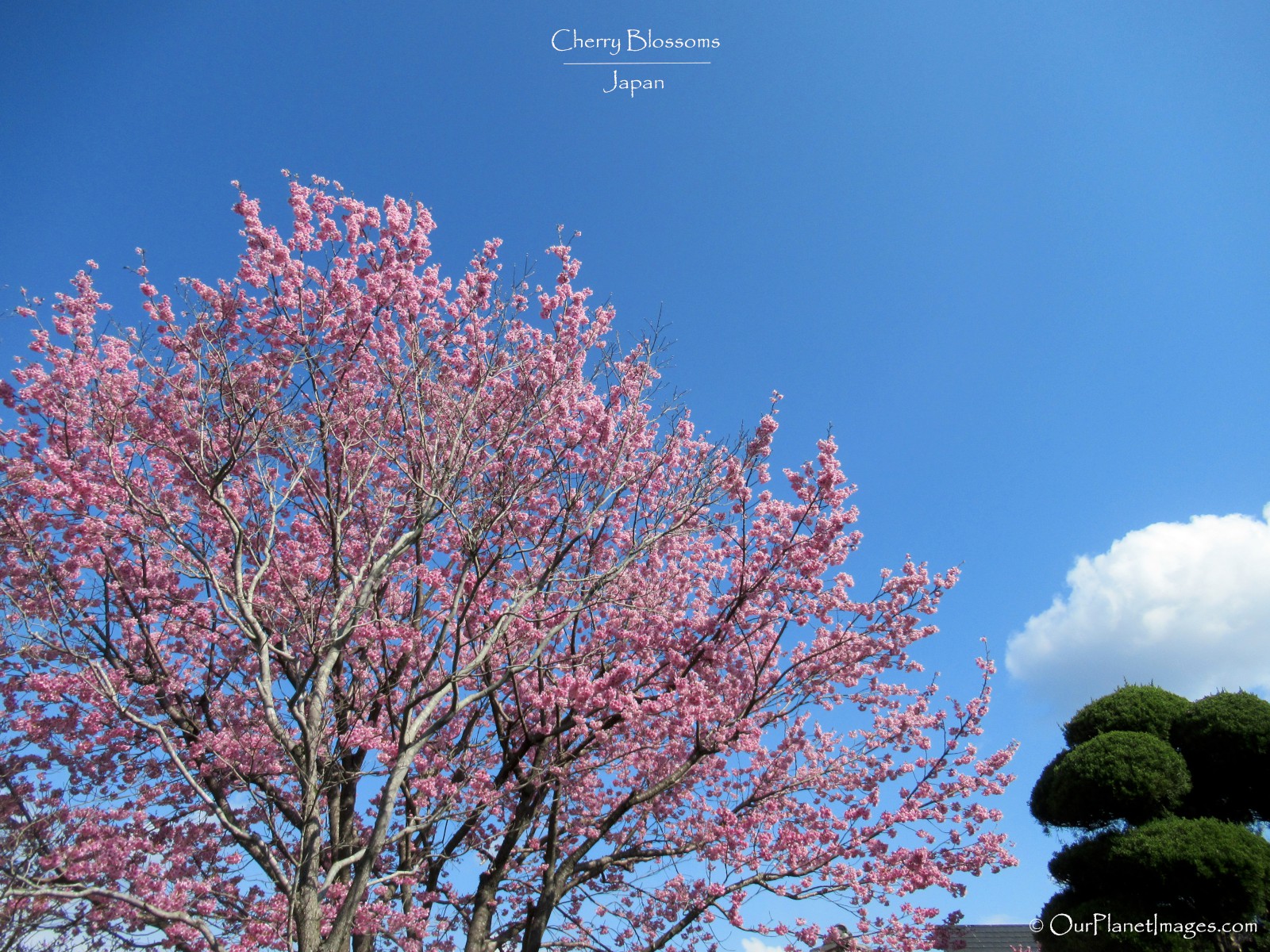
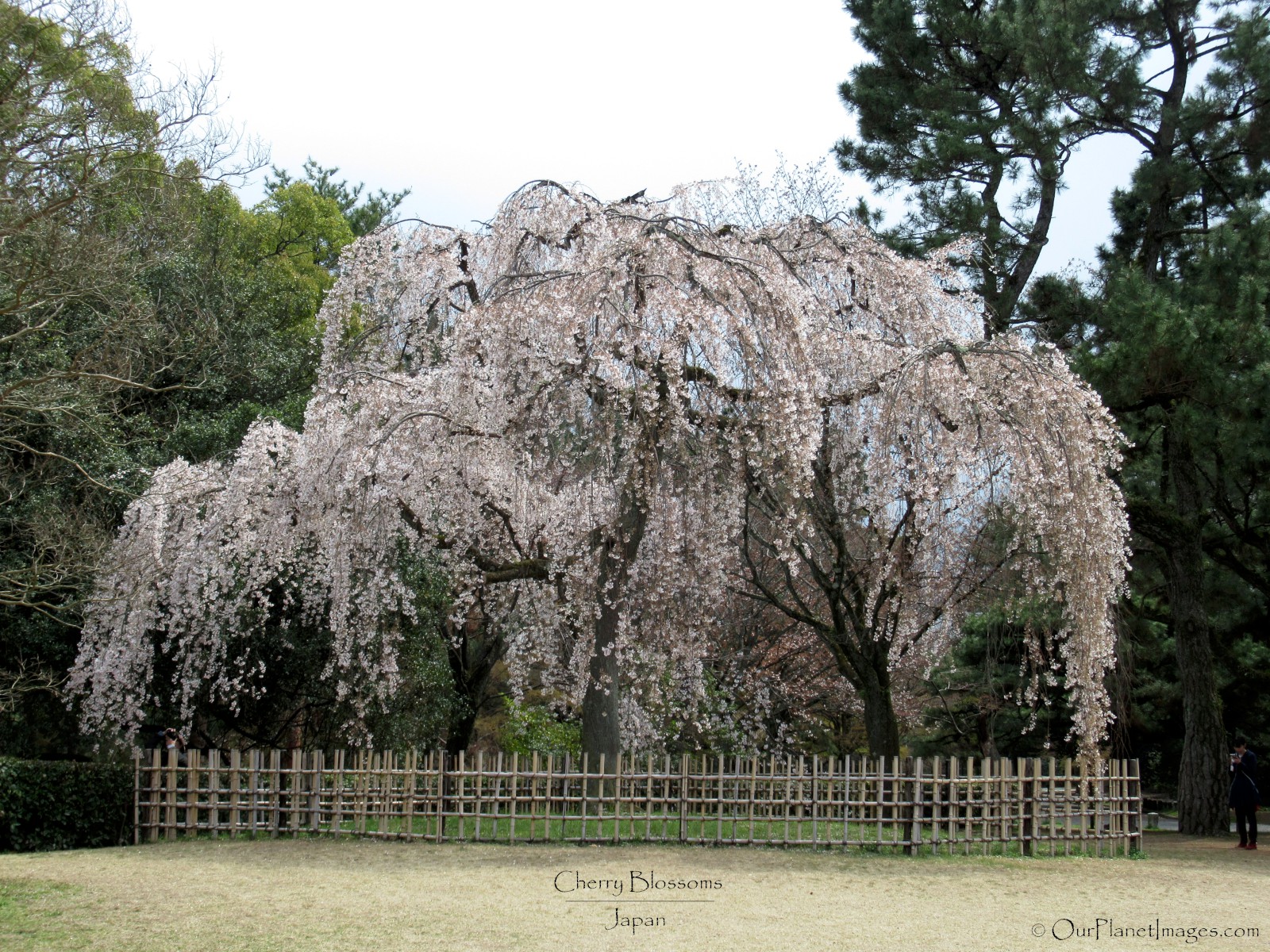
The number of petals on the flowers can be as few as five (5) or as many as twenty (20). Most wild trees and a lot of cultivated tree varieties have blossoms with five petals. My trip was just as the cherry blossoms started to reach peak bloom so I only saw blossoms with five petals as shown in the photo below.
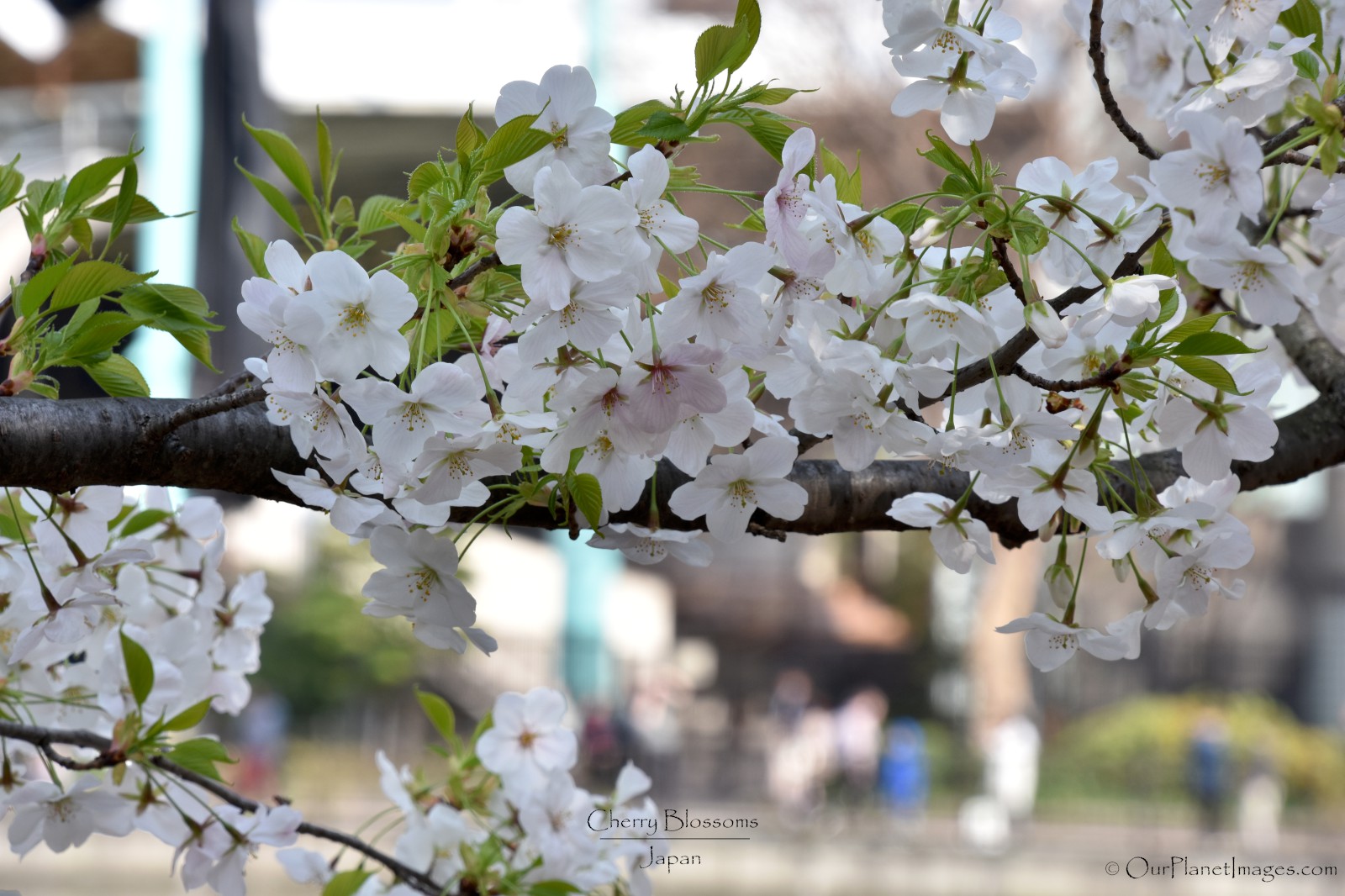
Most cherry tree varieties produce a blossom that is white or light pink but there are also cherry trees with dark pink or even yellow.
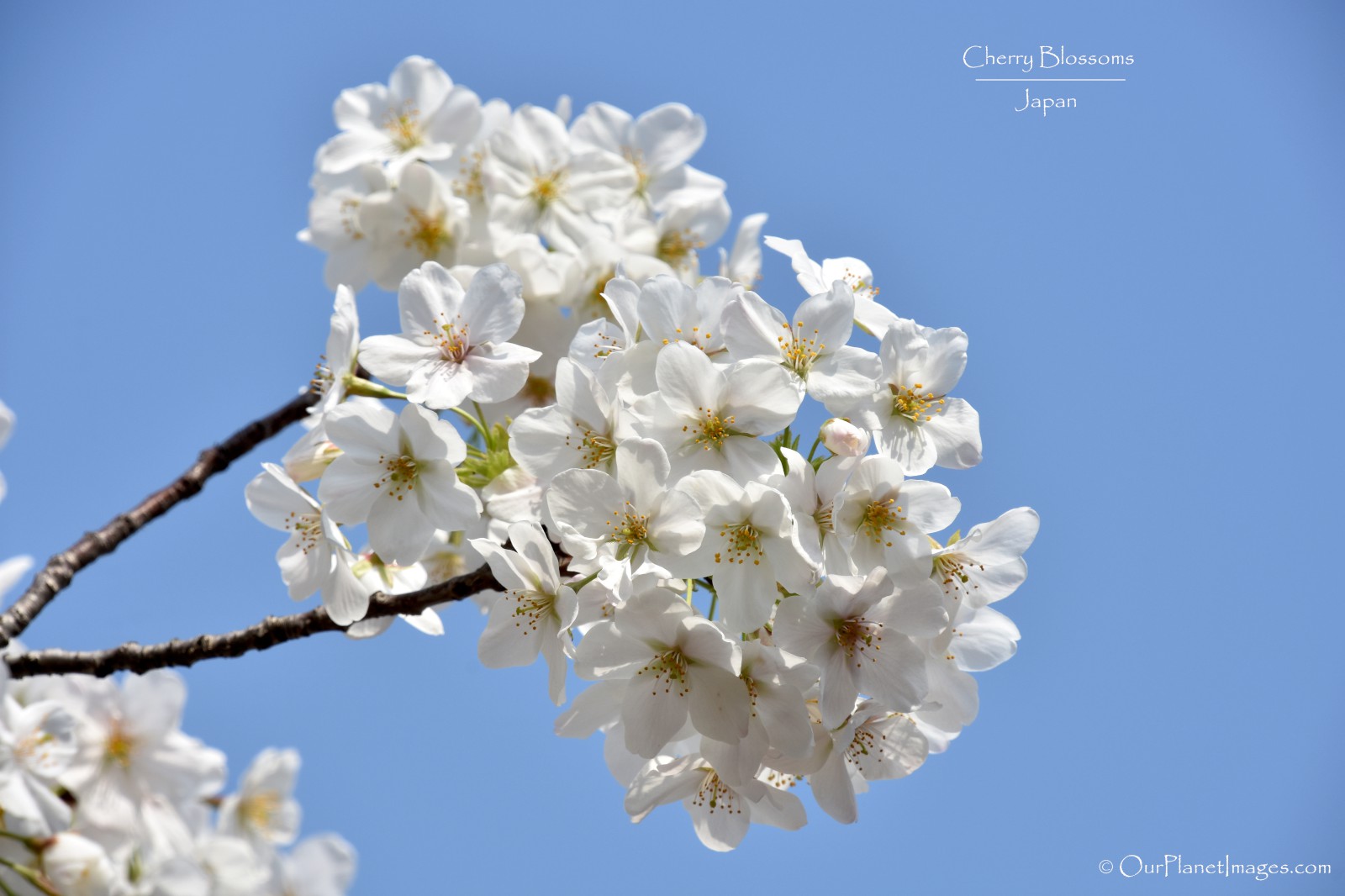
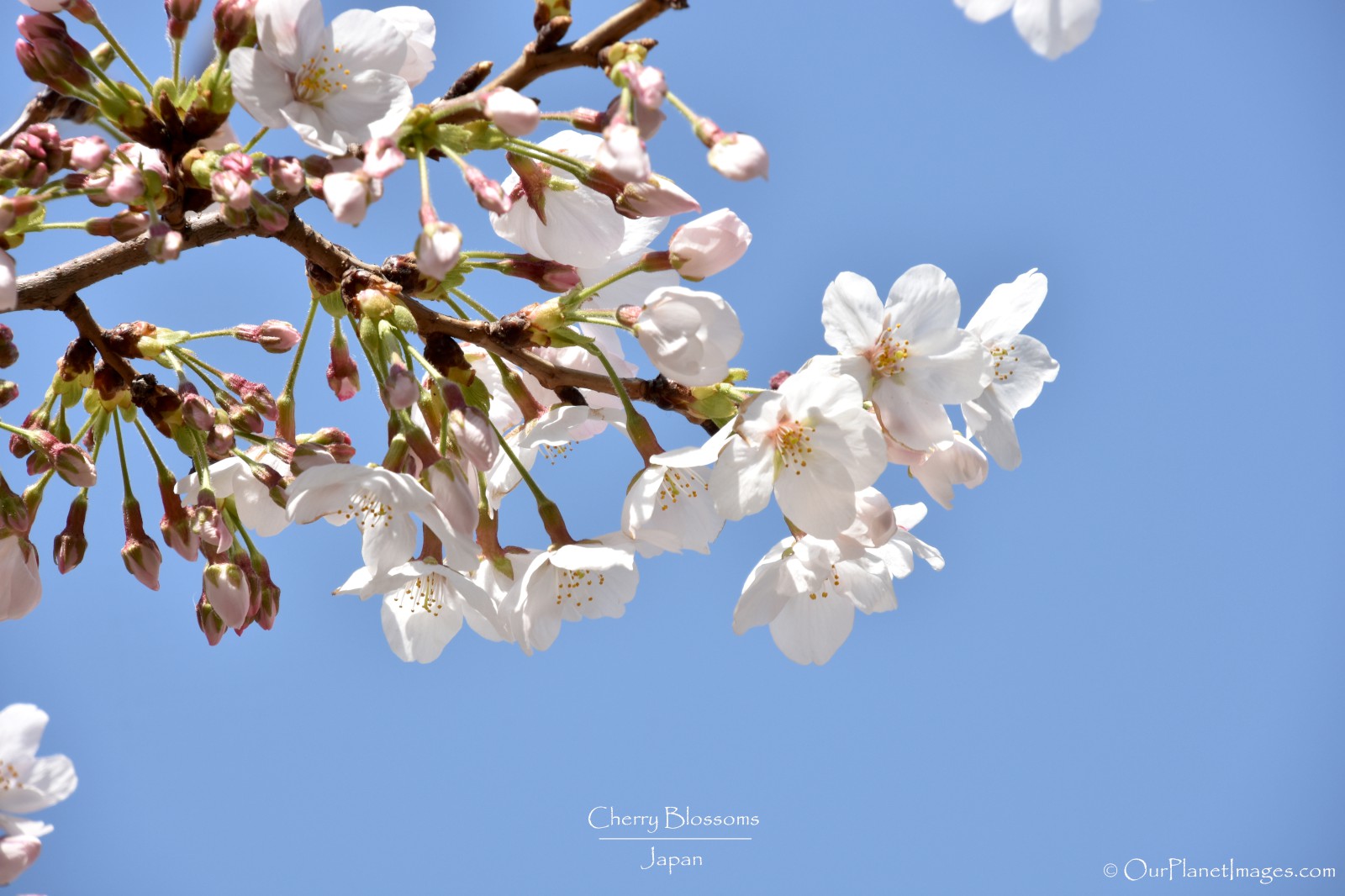
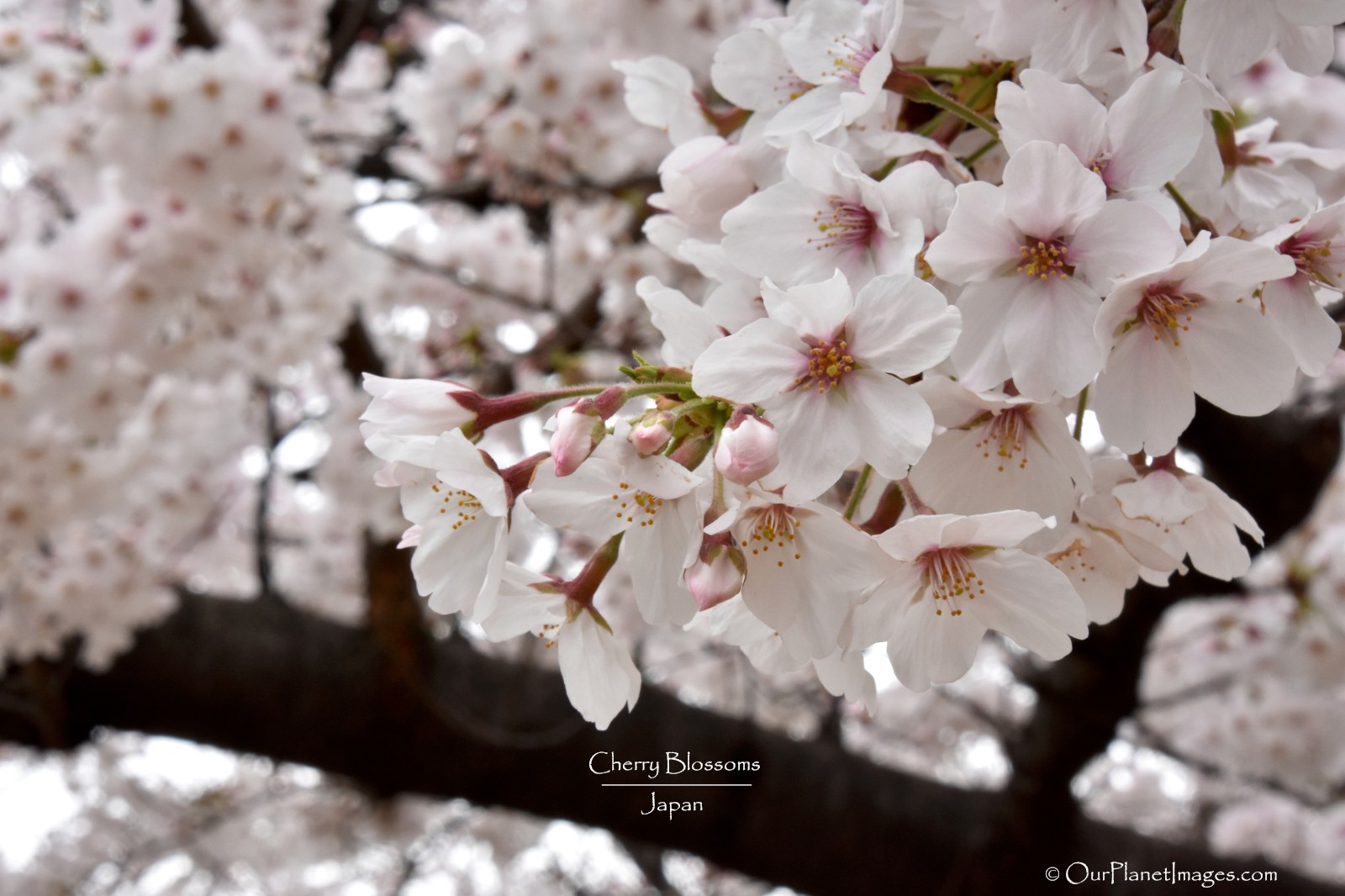

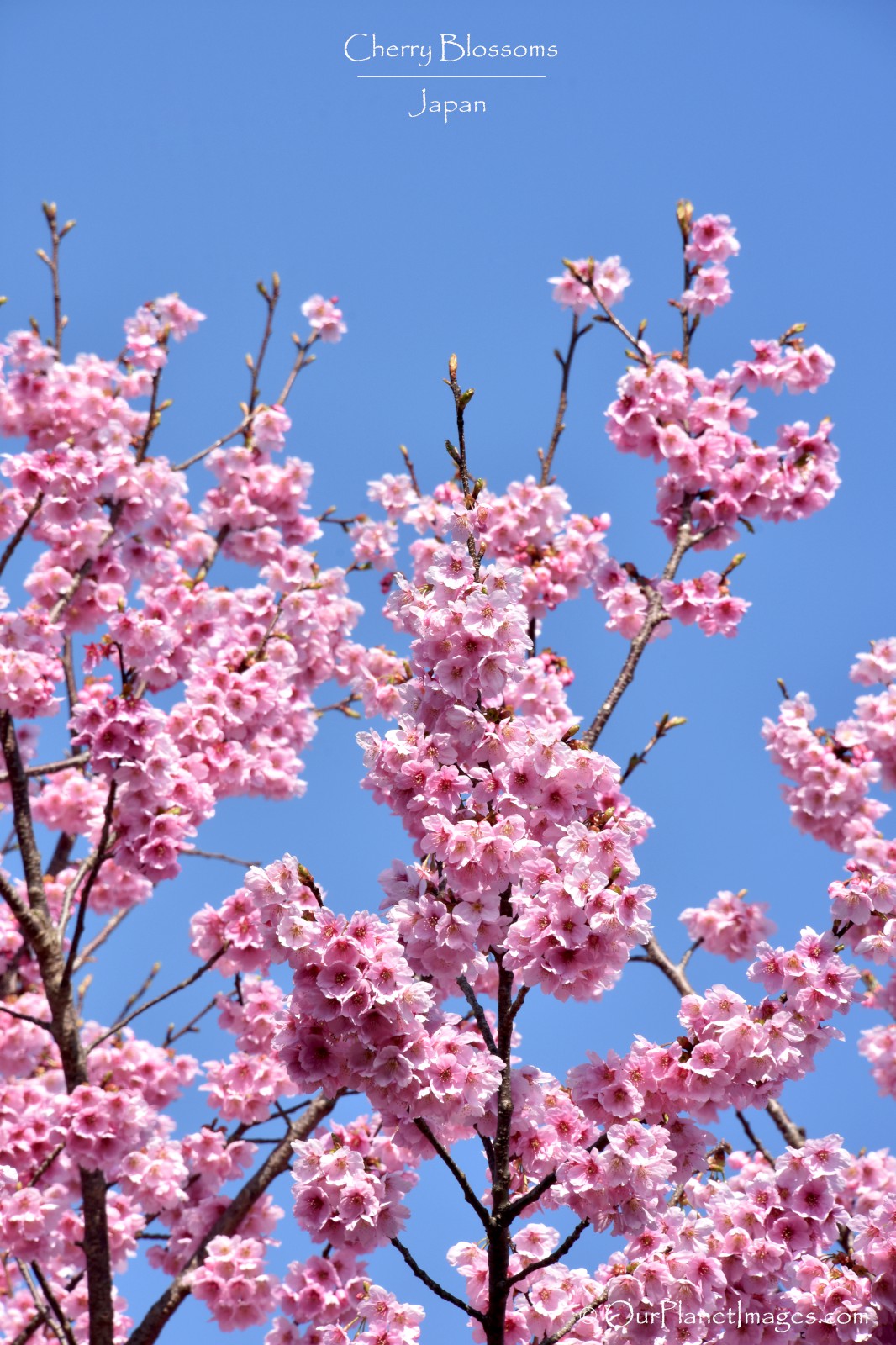
The blossoms of some varieties may change while they are in bloom. They may open as a white flower and change color to pink over a few days. This is seen in the photo below as the color of the flowers at the bottom are lighter and the ones on top are darker.
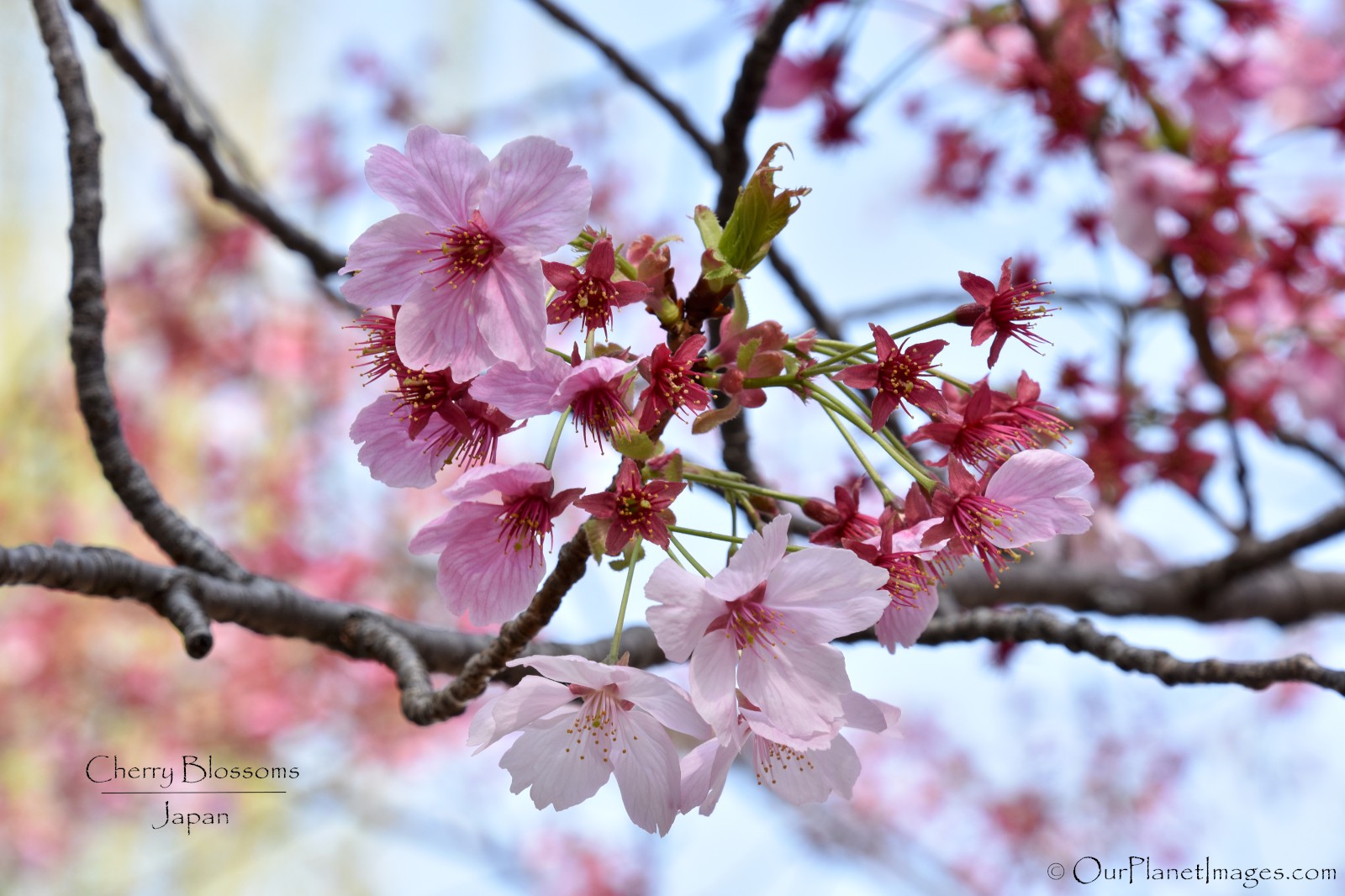
Birds in the trees
It is not hard to notice the birds are enjoying the cherry blossoms as much as the people. While they enjoy the nectar of the cherry blossoms but they play a vital role in pollinating flowers and trees.
Some birds have long thin beaks that can reach deep into the cherry blossoms. A couple of the common long beak birds that can be seen are the Japanese white-eye and the brown-eared bulbul (shown below).

Other birds with short beaks get to the nectar by tearing the petals. A couple of the common short beak birds that can be seen are the Japanese Tit and the Eurasian Tree Sparrow (shown below).
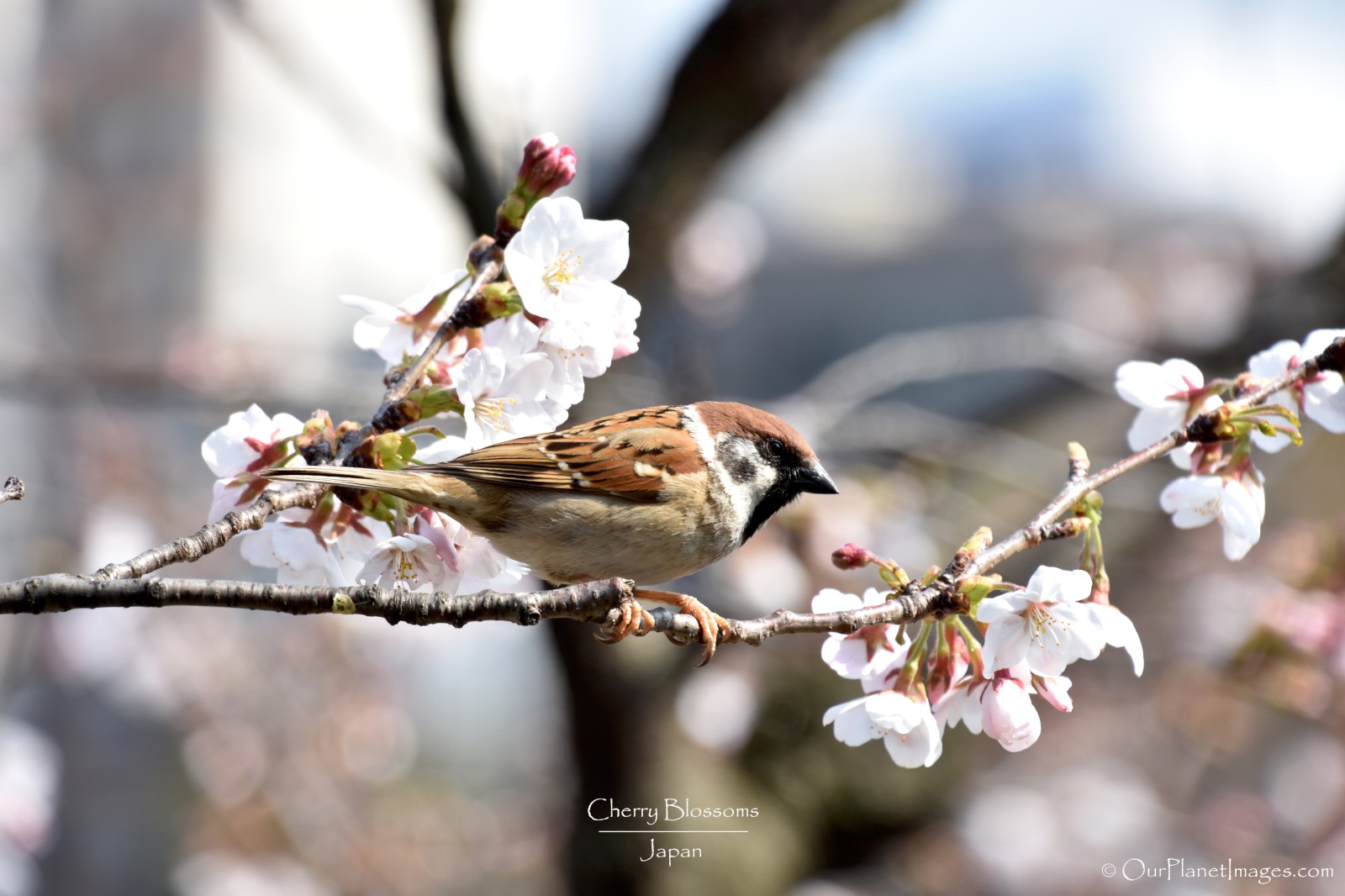
Hanami
Hanami is a century old custom which means flower viewing. Many people do this by going into the local parks and gardens or really anywhere there are flowering cherry trees and have a picnic beneath the cherry blossom trees.
People enjoy doing this during the day and at night because the window to see the trees in full bloom is very short. At night lanterns hanging in the trees turn the canopy into a pink glow.
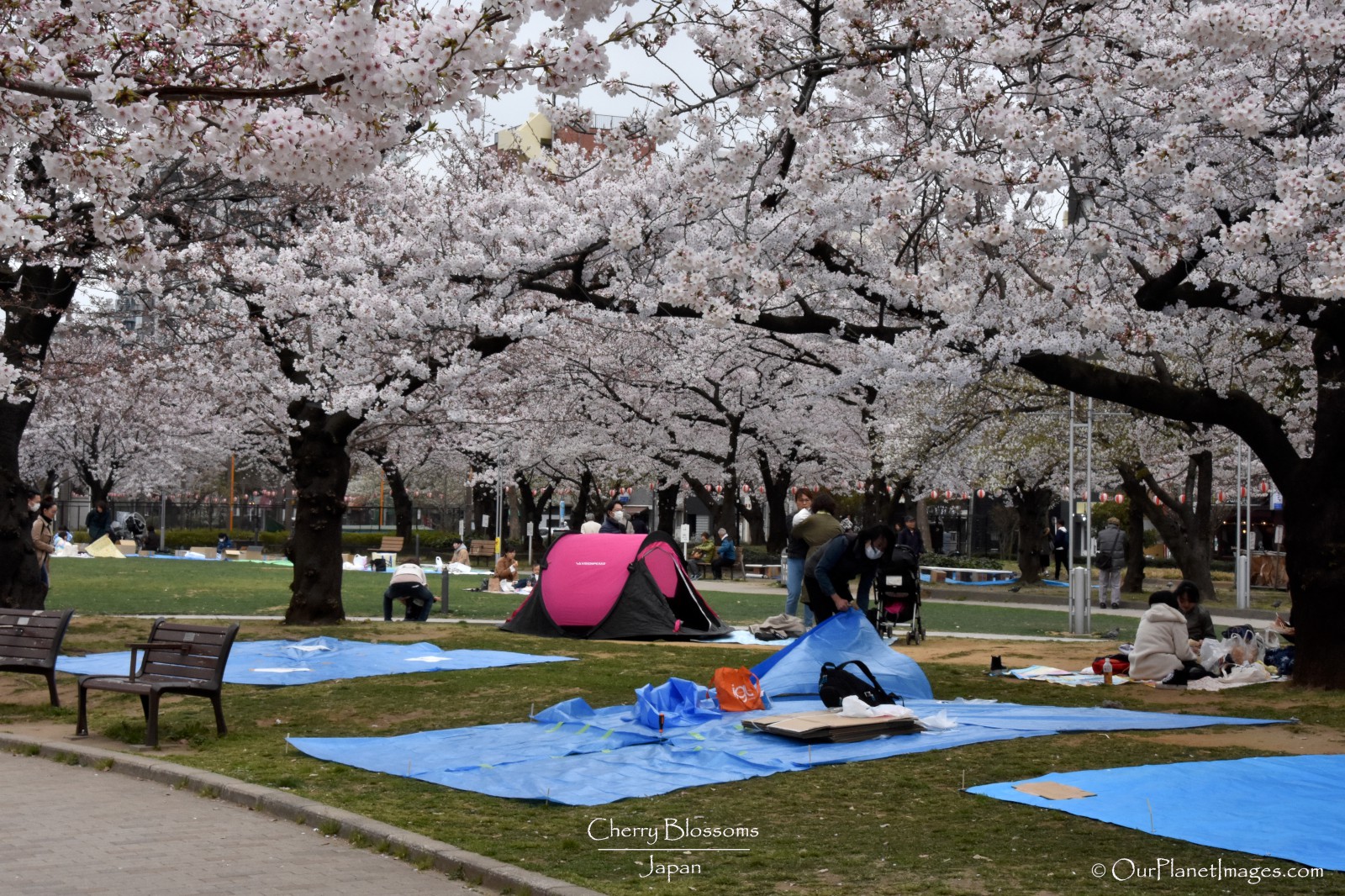
Events and Photo Ops
There are many events that happen when the cherry blossoms are blooming. The events have performances in traditional Japanese dress. Additionally, many people dress up to be photographed with the cherry blossoms. The photos below are of these activities.
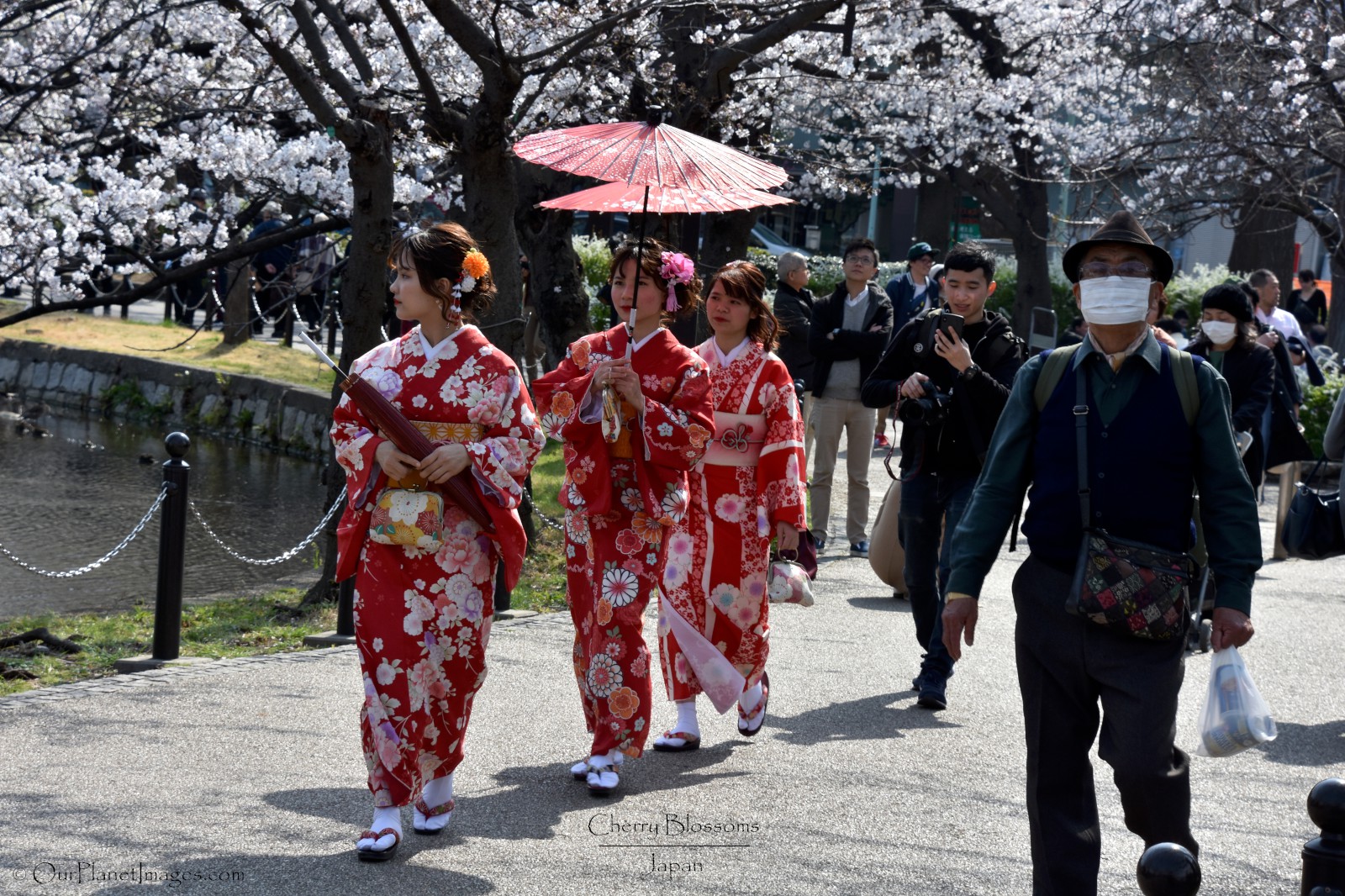
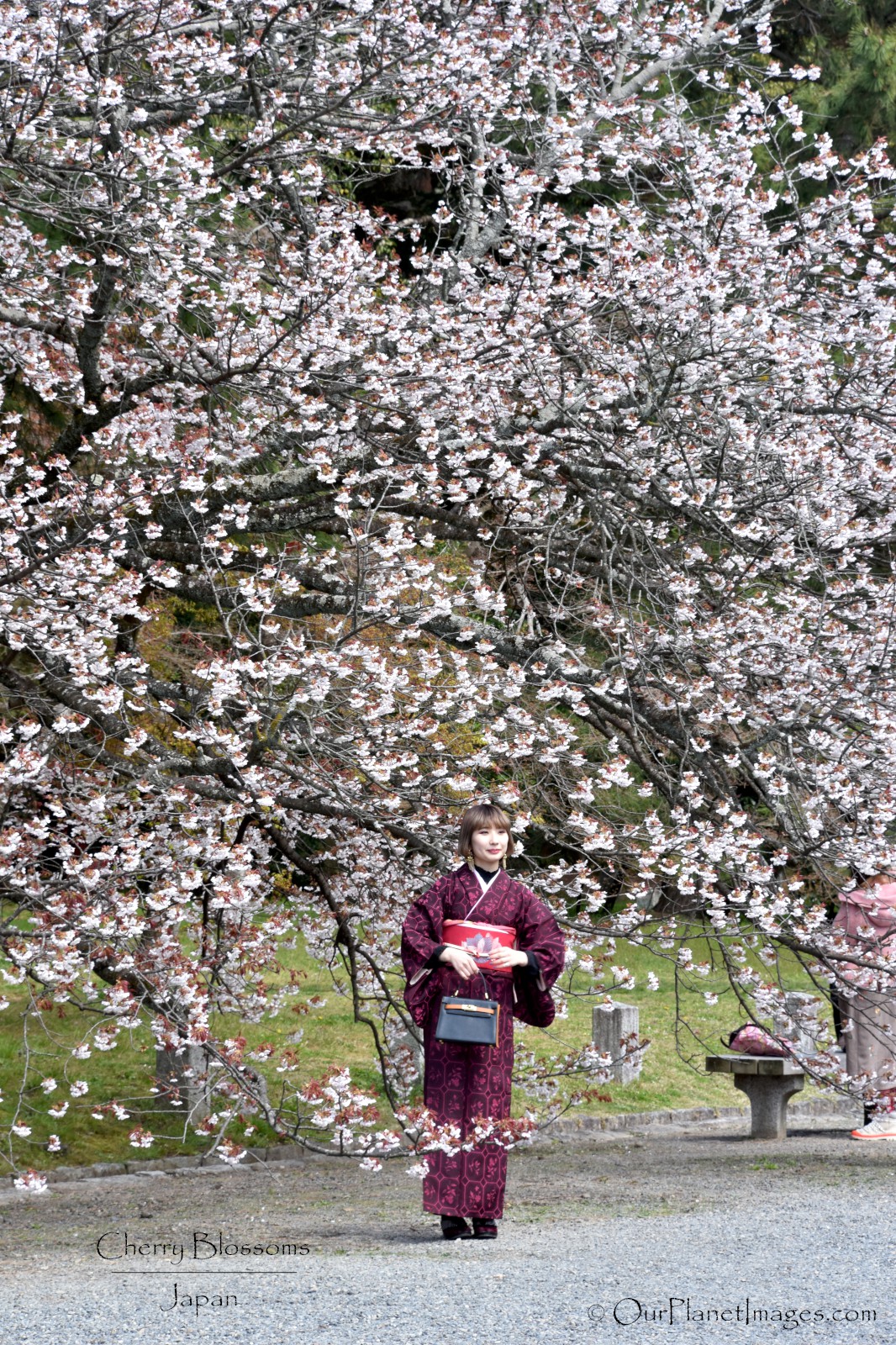
Kyoto and Nara
Nara is very near to Kyoto and can be visited on a day trip. The cherry blossom photos that I took in Kyoto and Nara were from the Gion District, Byodo-In Temple, Hirano Shrine, Kitano Shrine, Yasaka Shrine and the Kyoto Imperial Park.
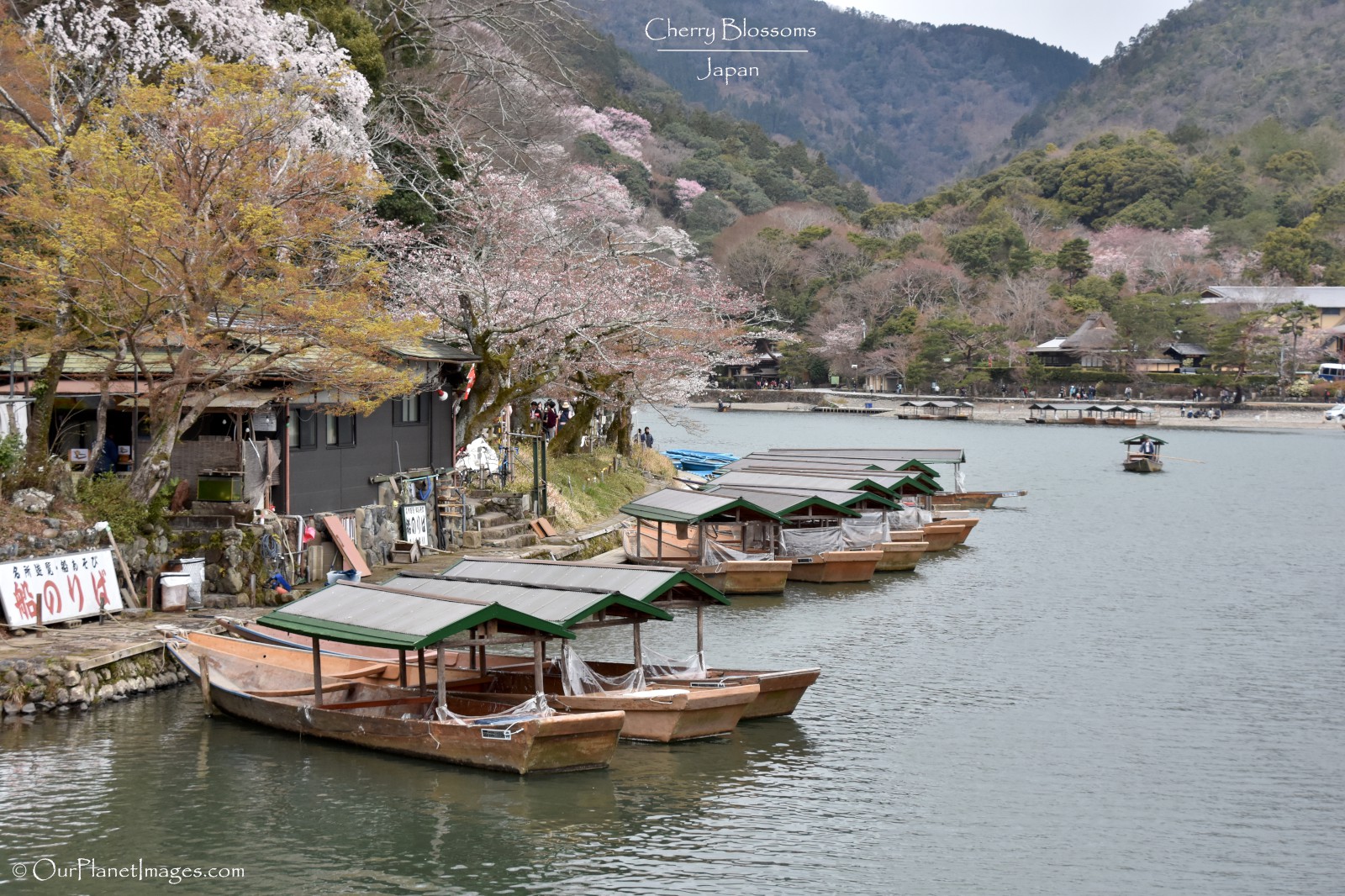
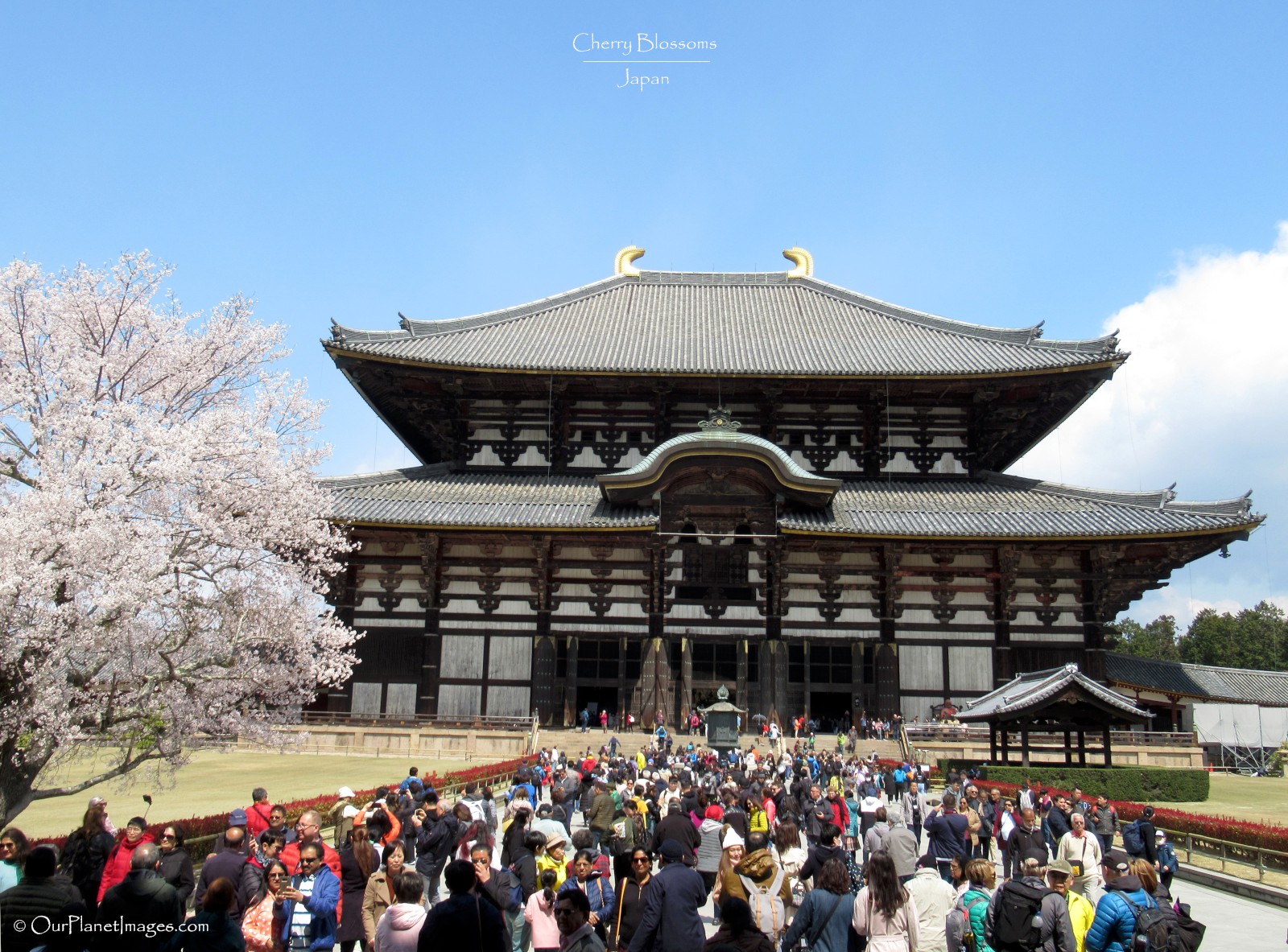

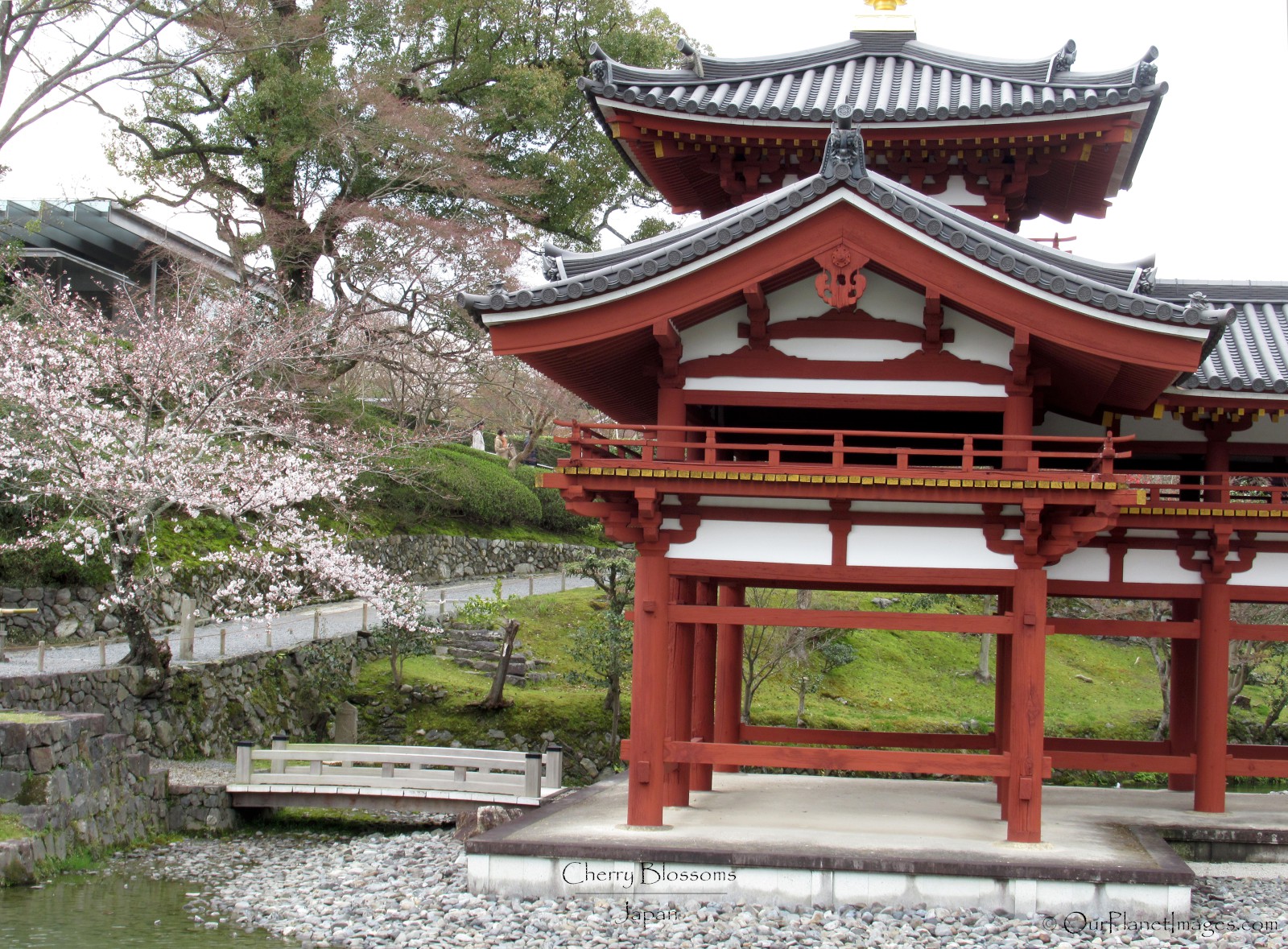
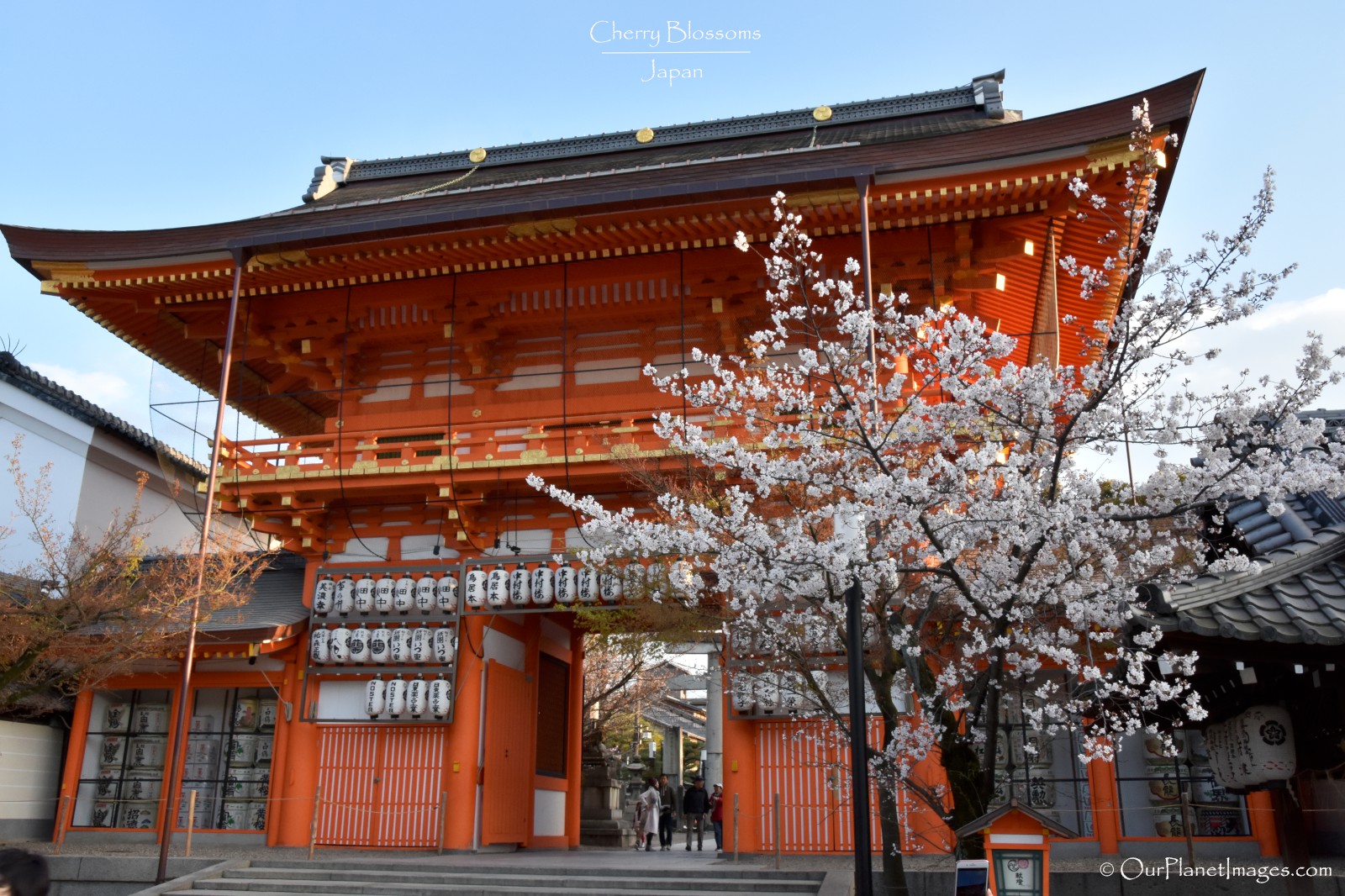

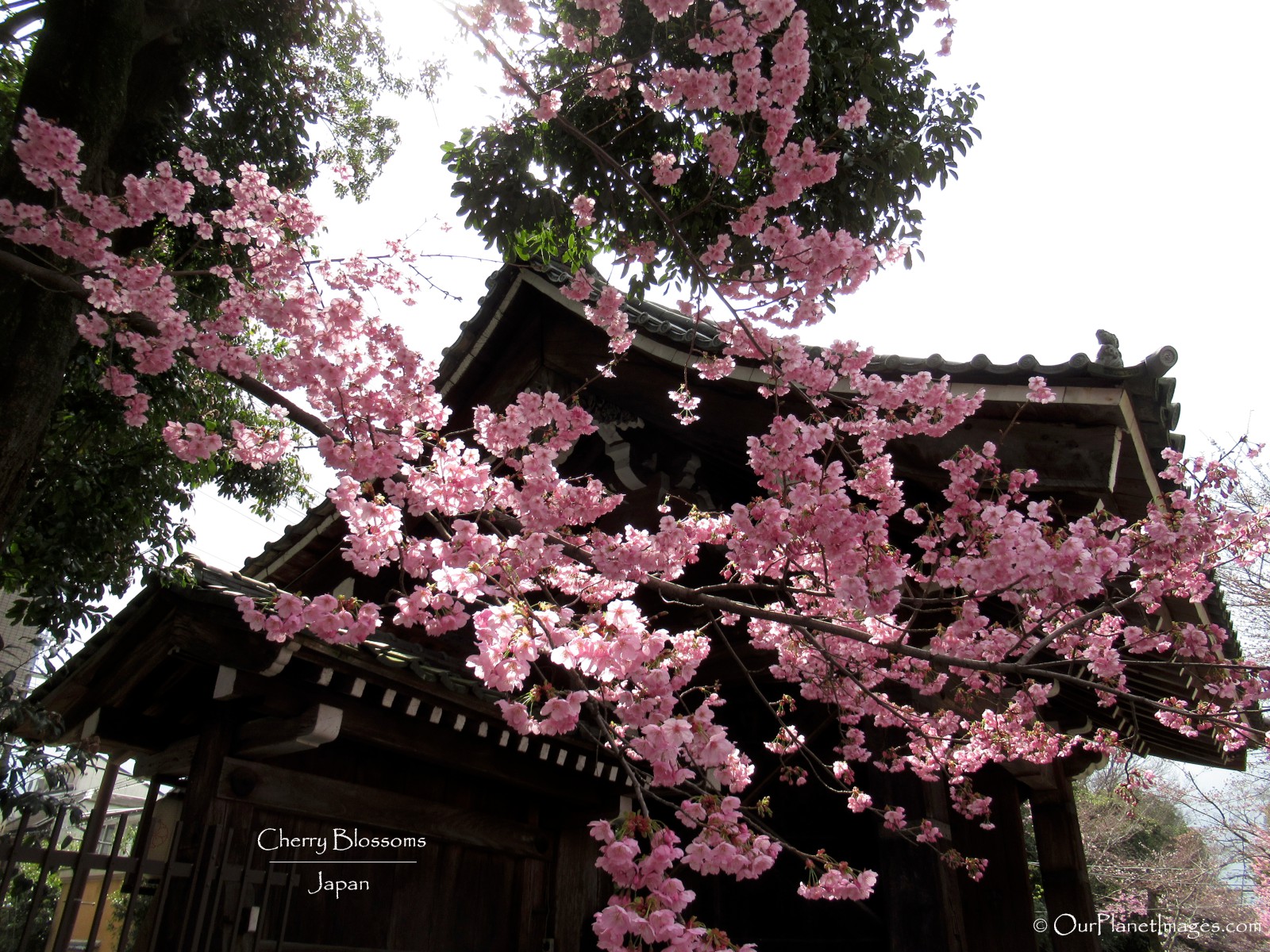

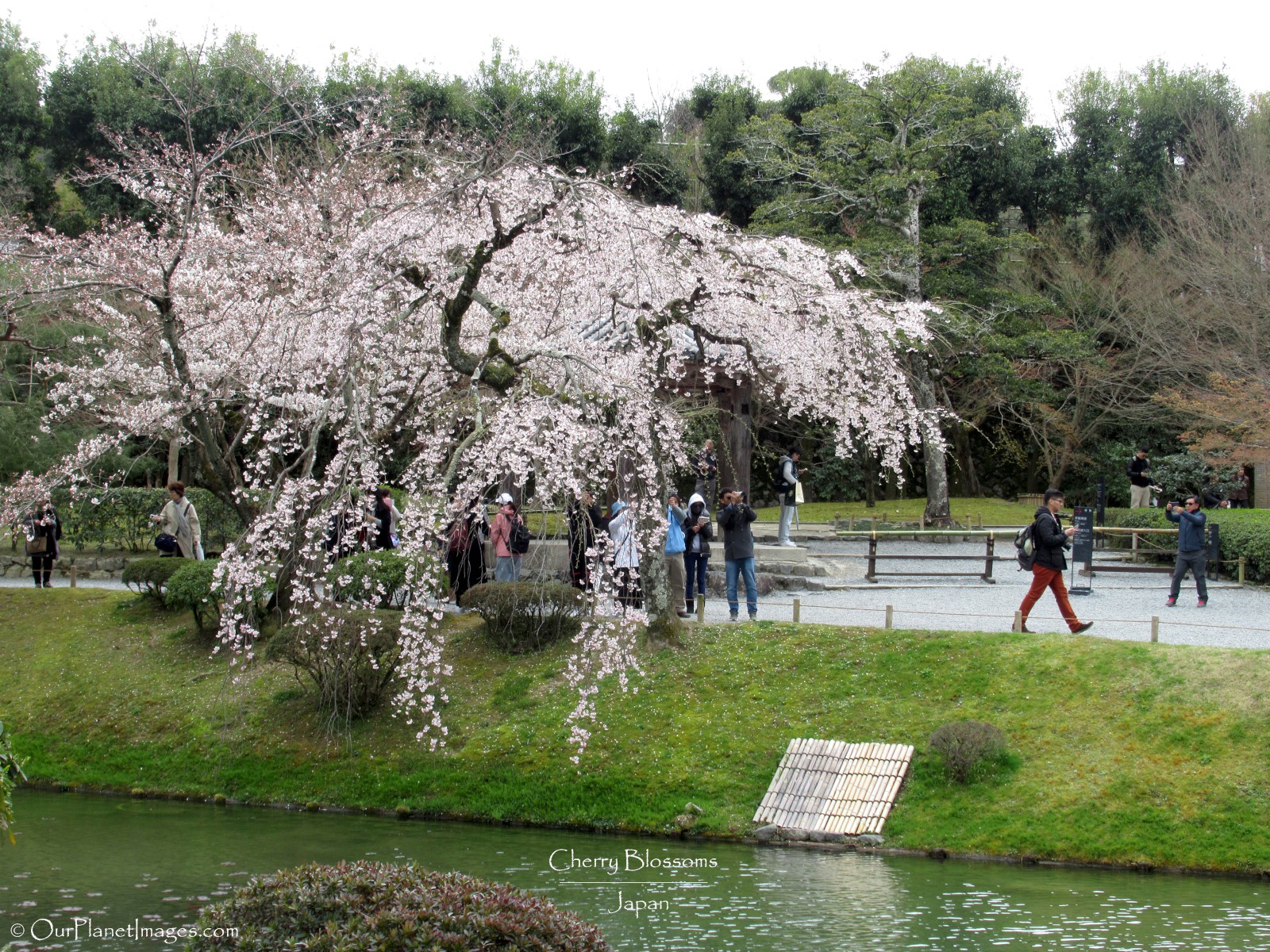

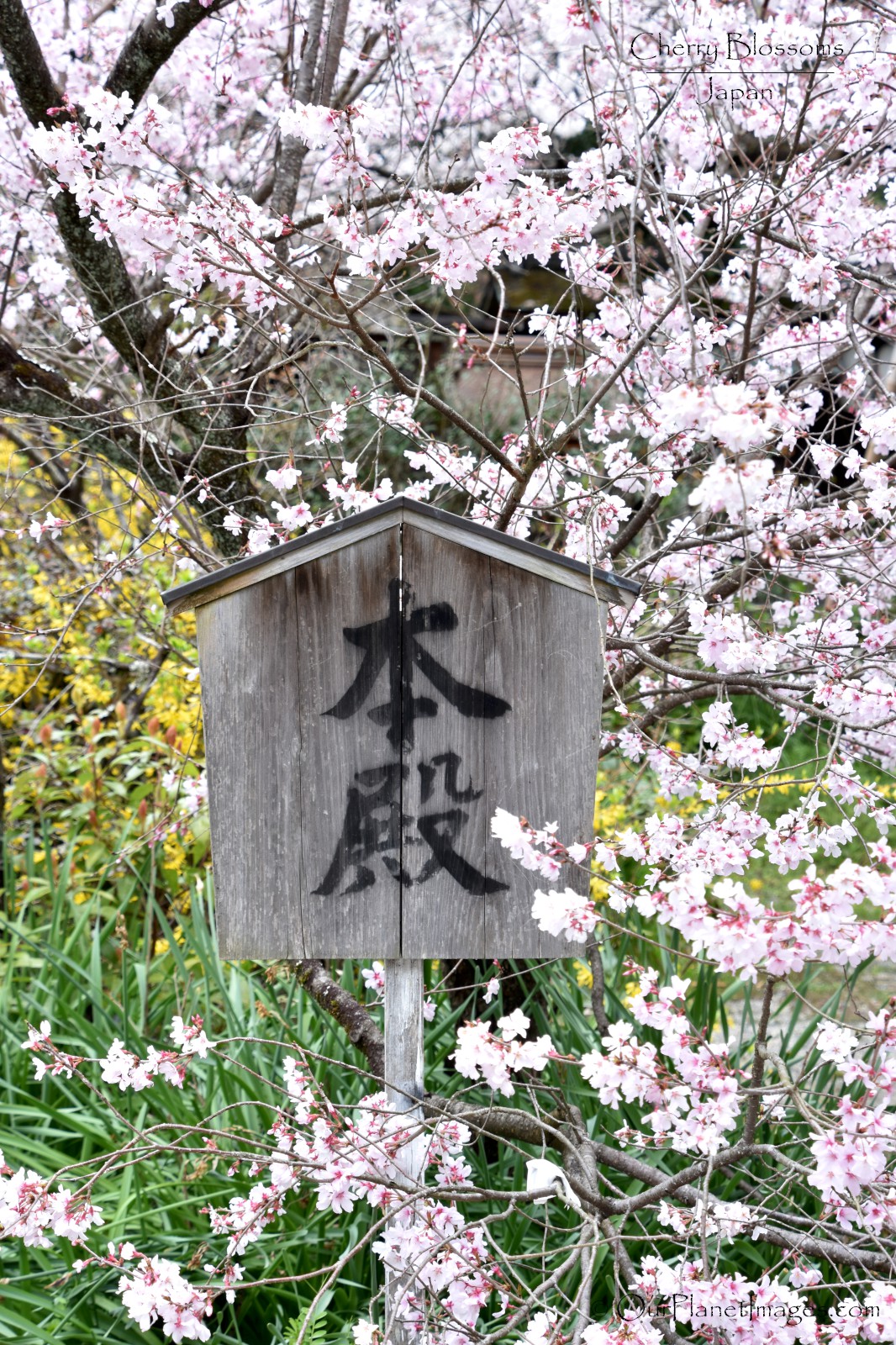

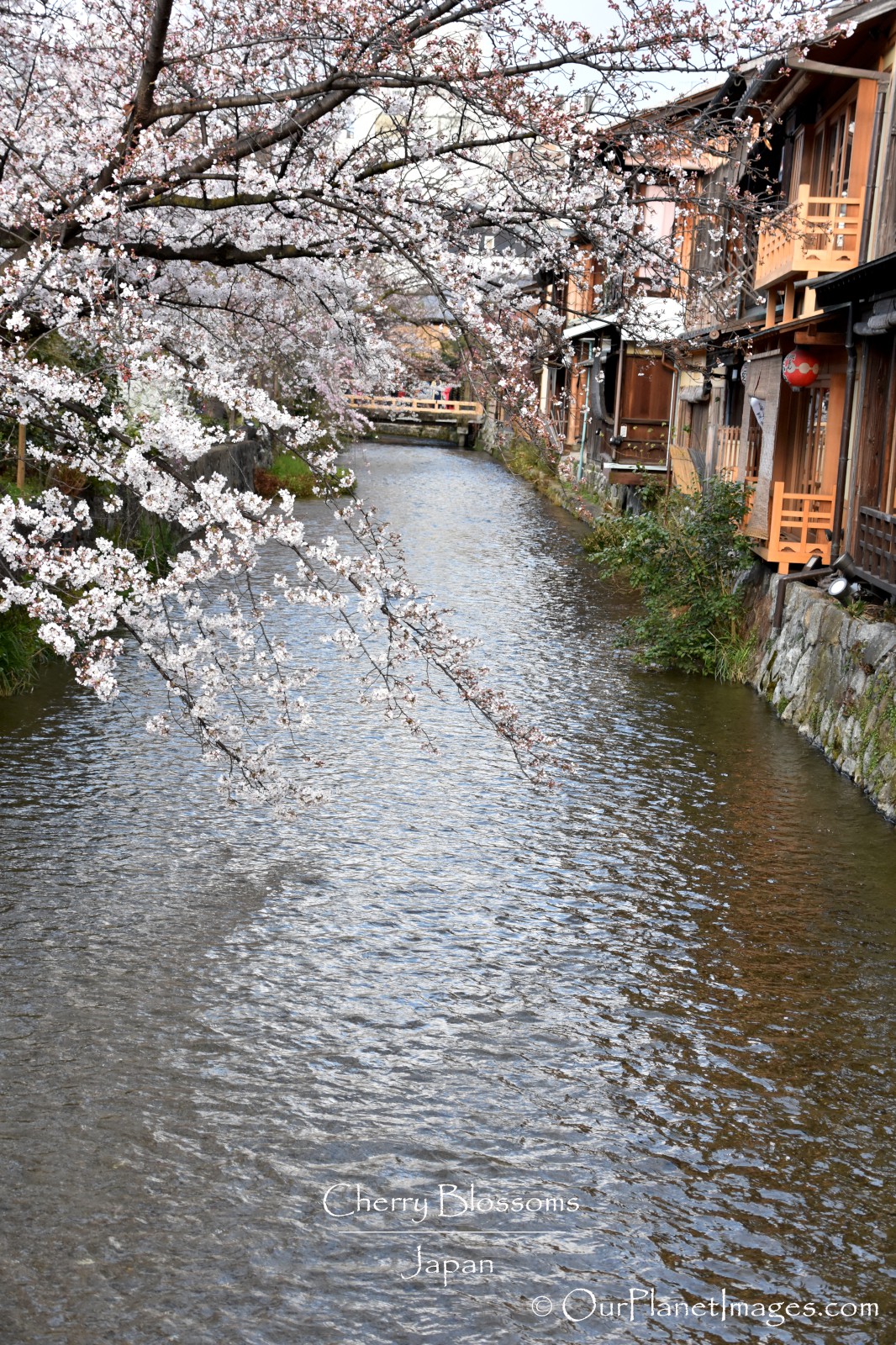
Tokyo
Many people think that Tokyo does not have places to see cherry blossoms because it is a massive city but there are many places to see cherry blossoms without leaving Tokyo. The cherry blossom photos that I took in Tokyo were from Kinshi Park, Senso-Ji Temple, Ueno Park and the Imperial Palace.

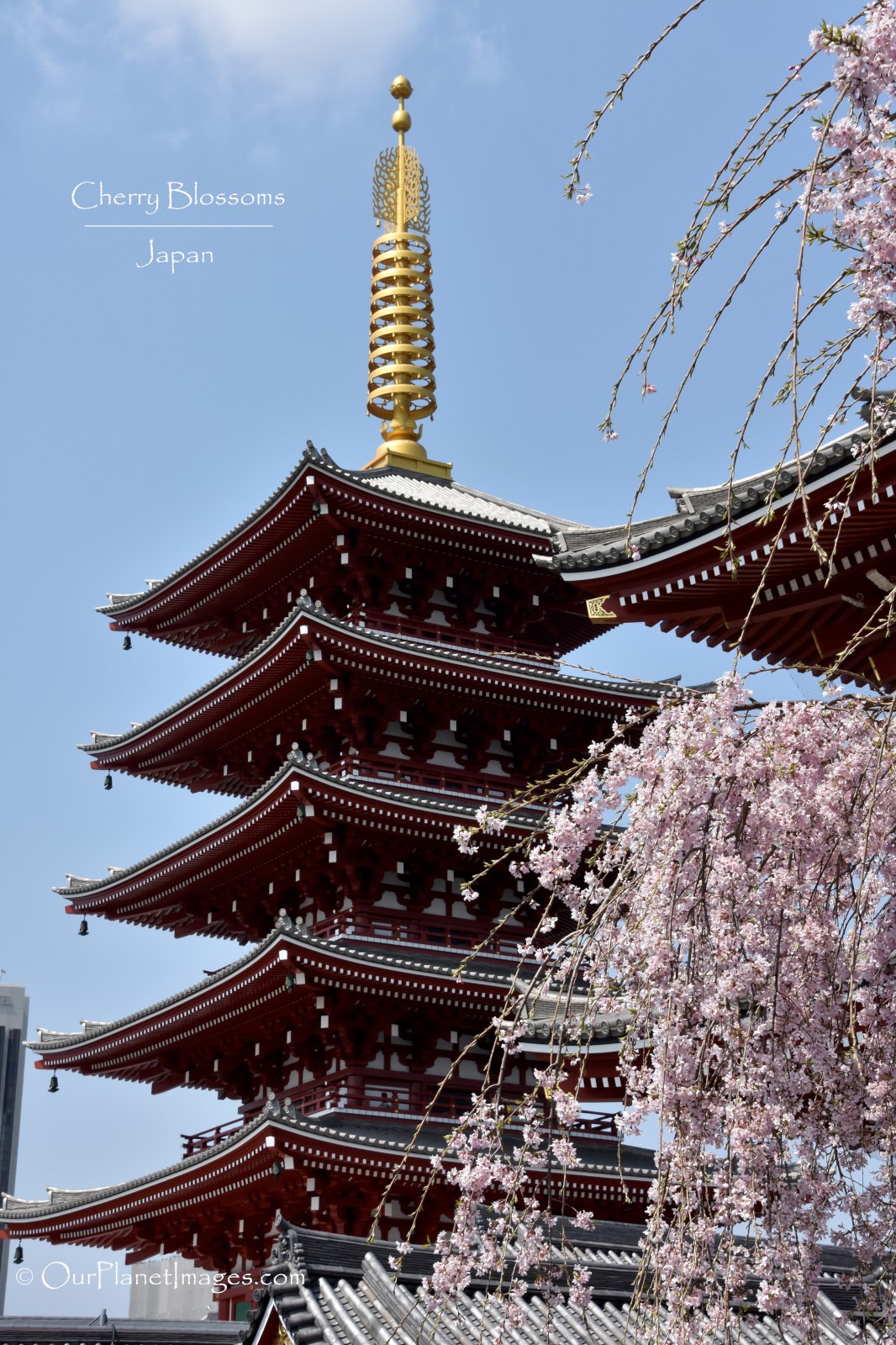
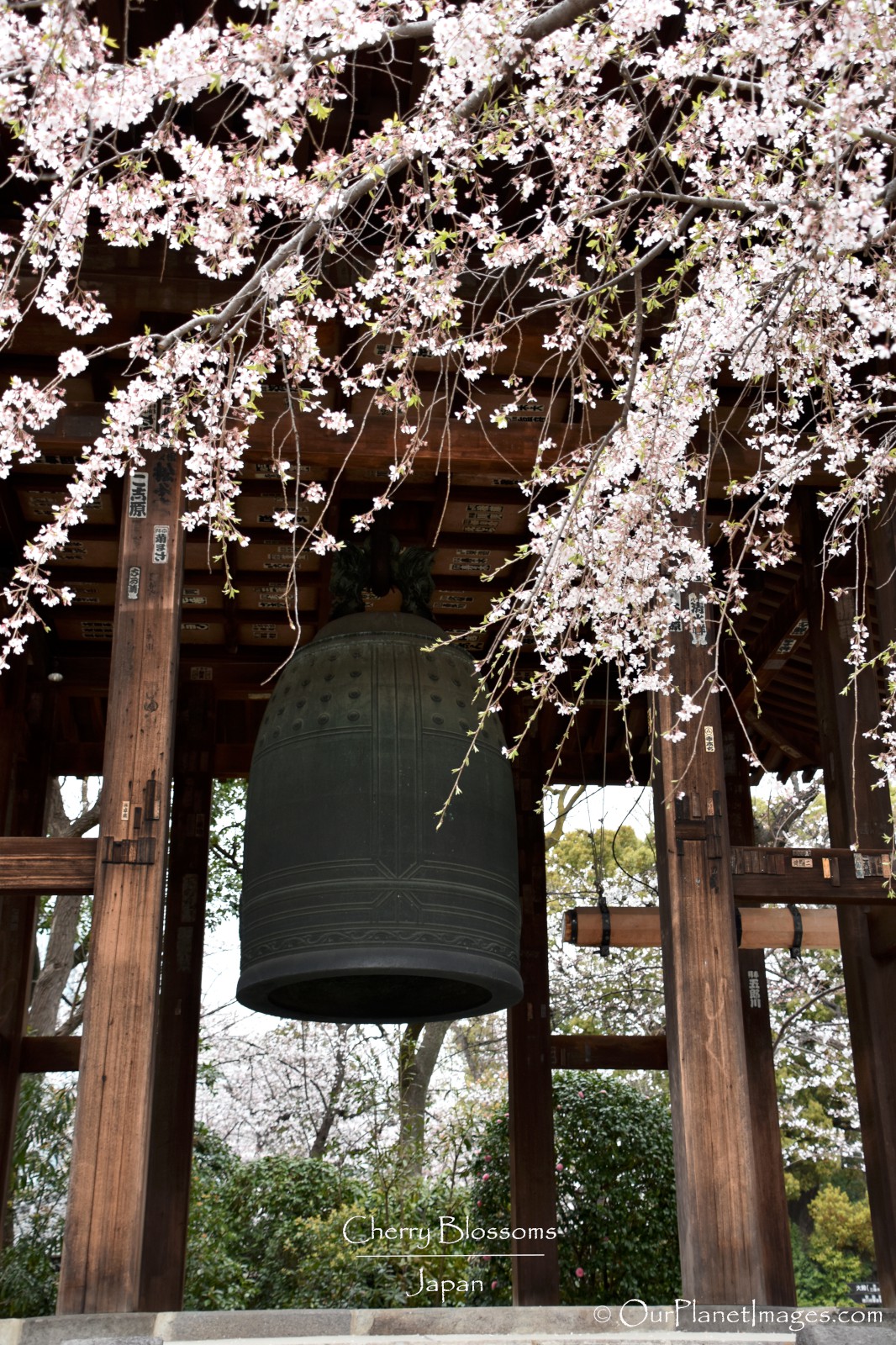

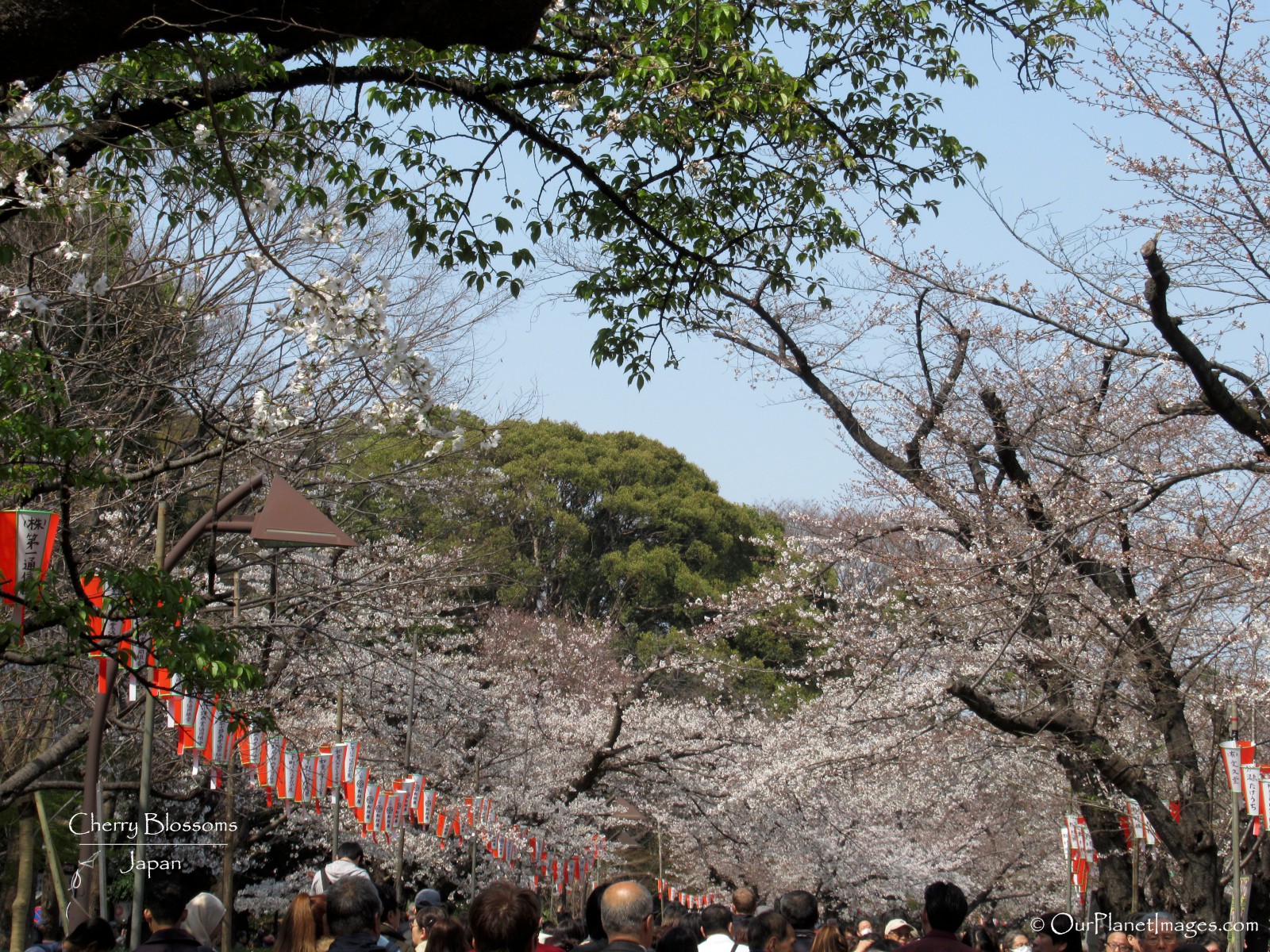
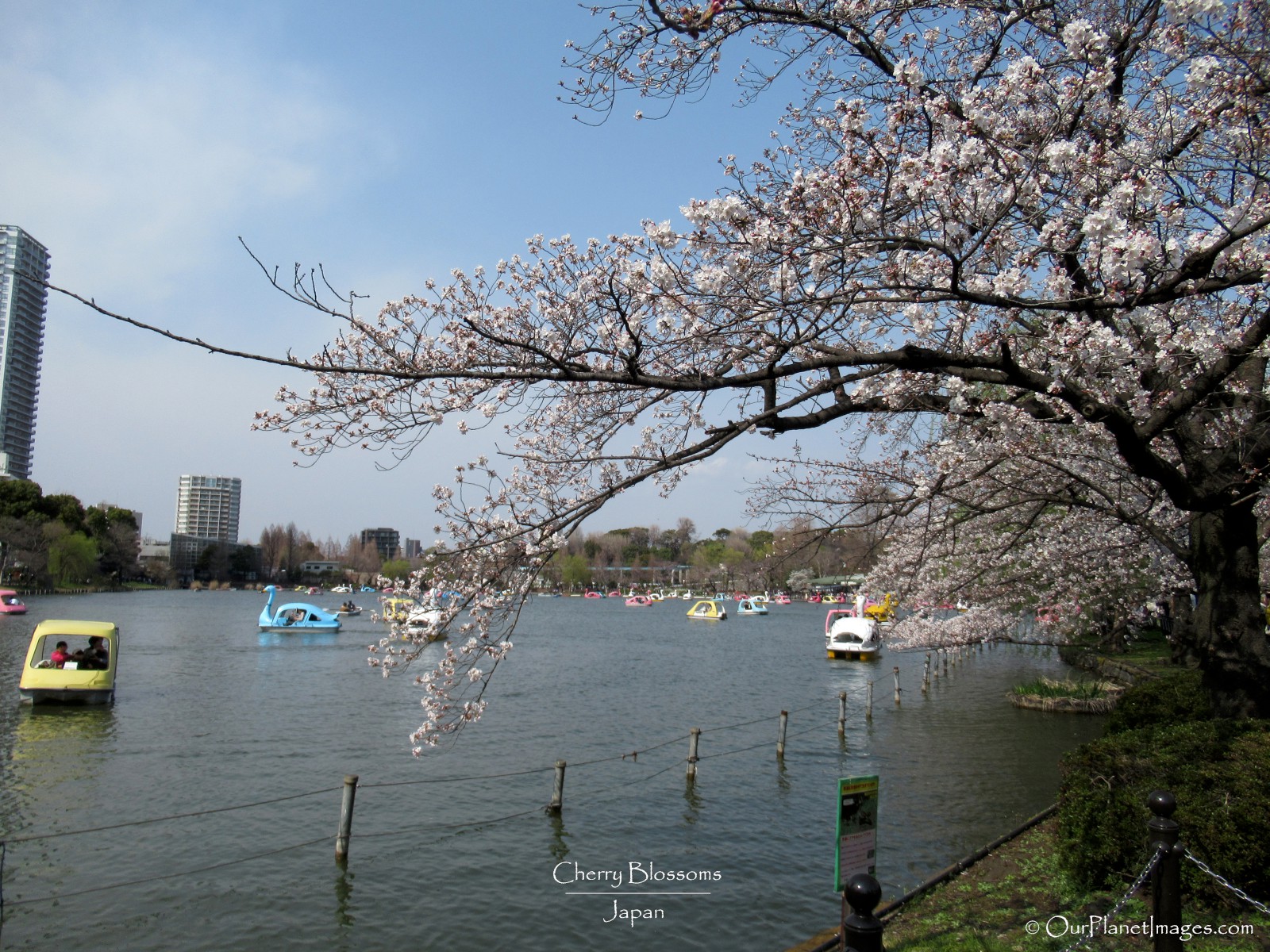
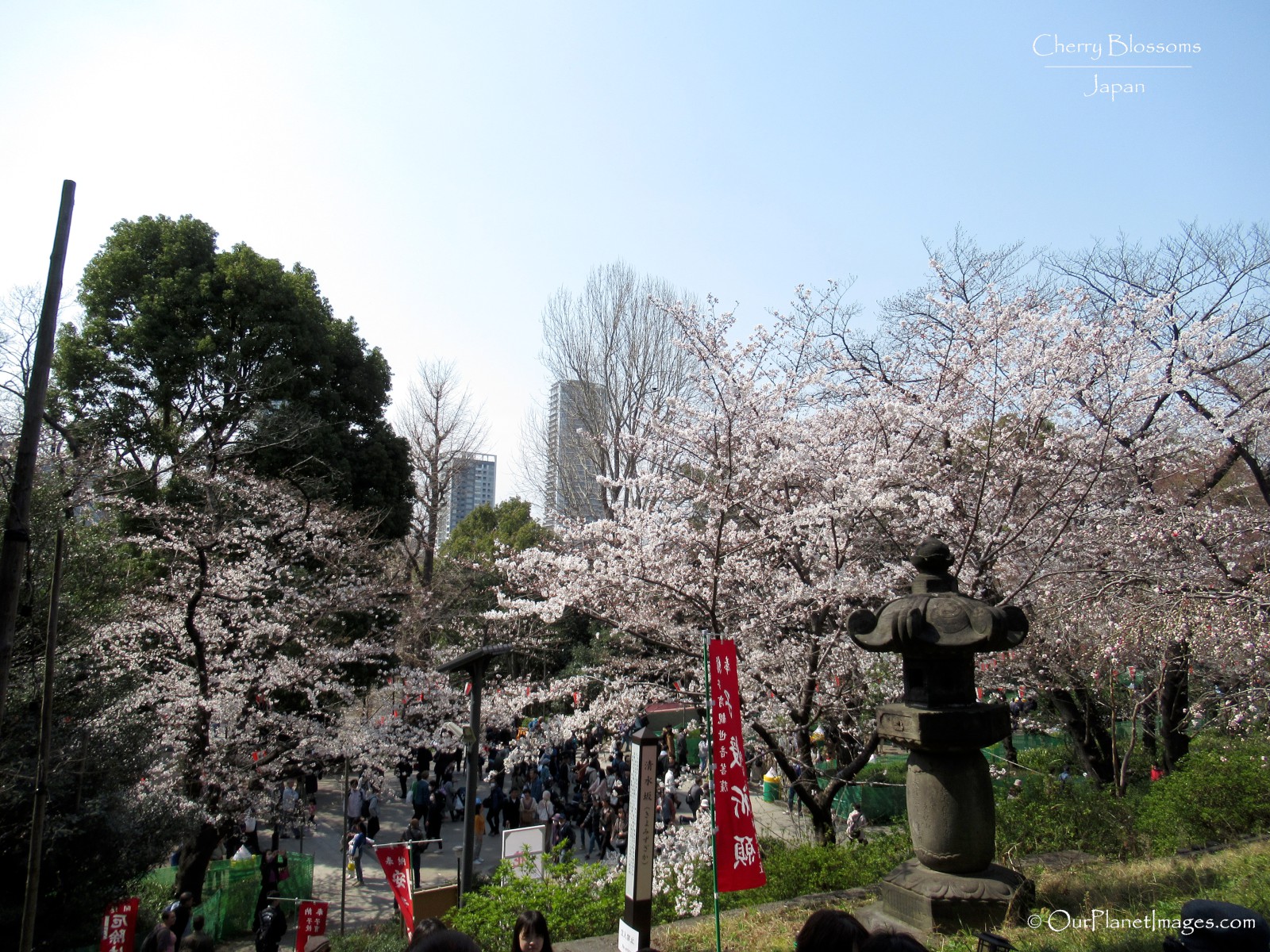

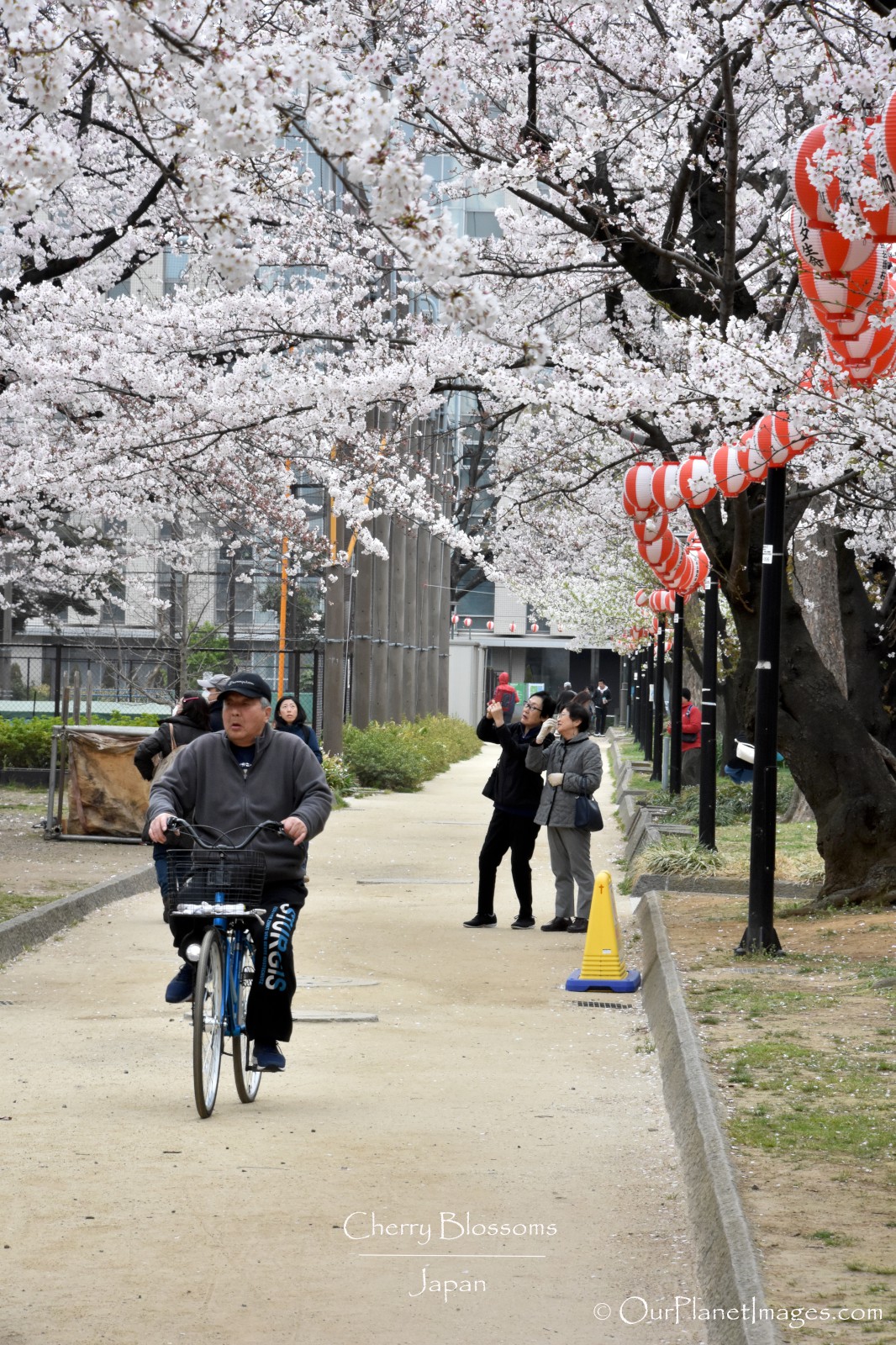
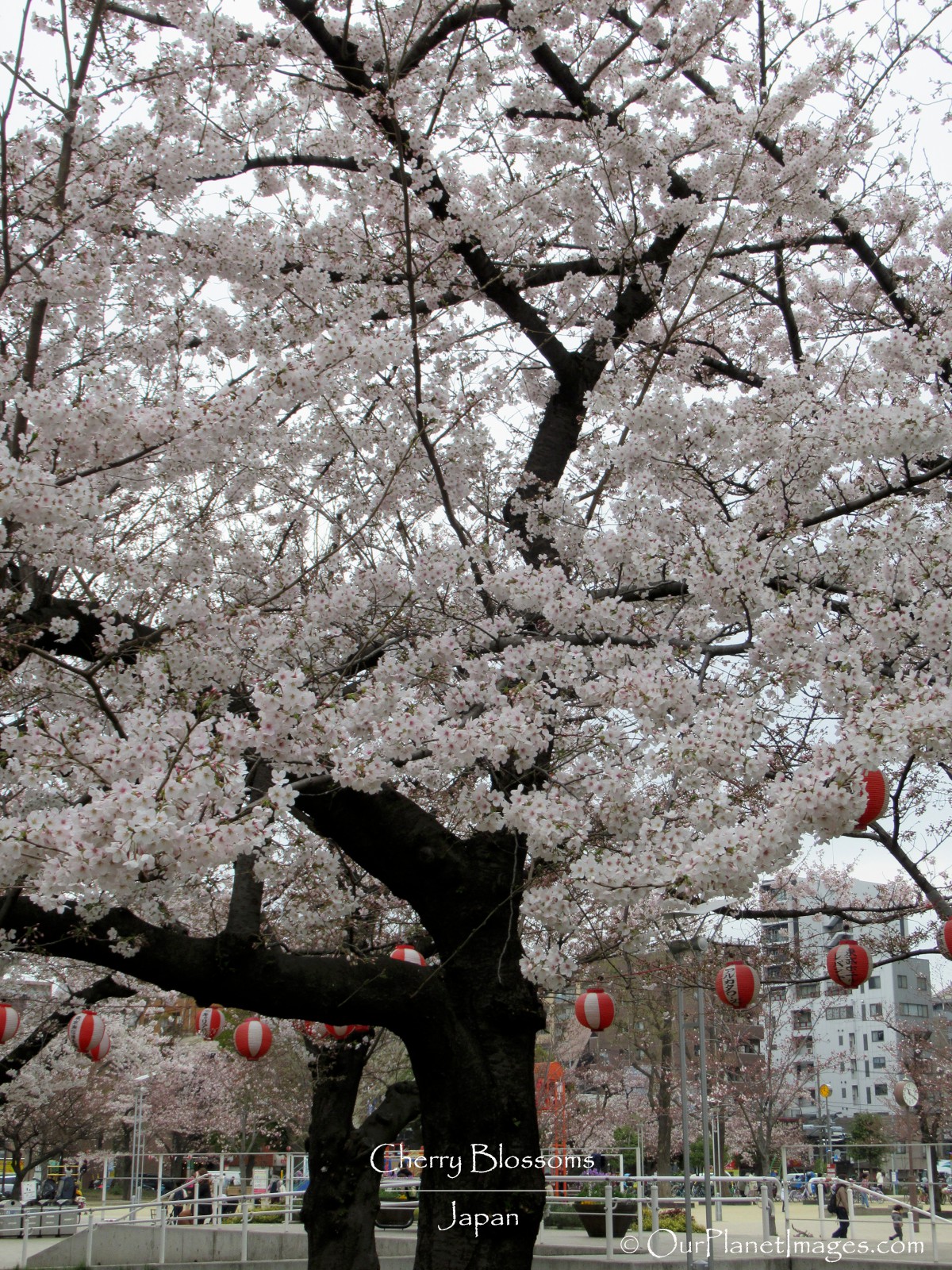
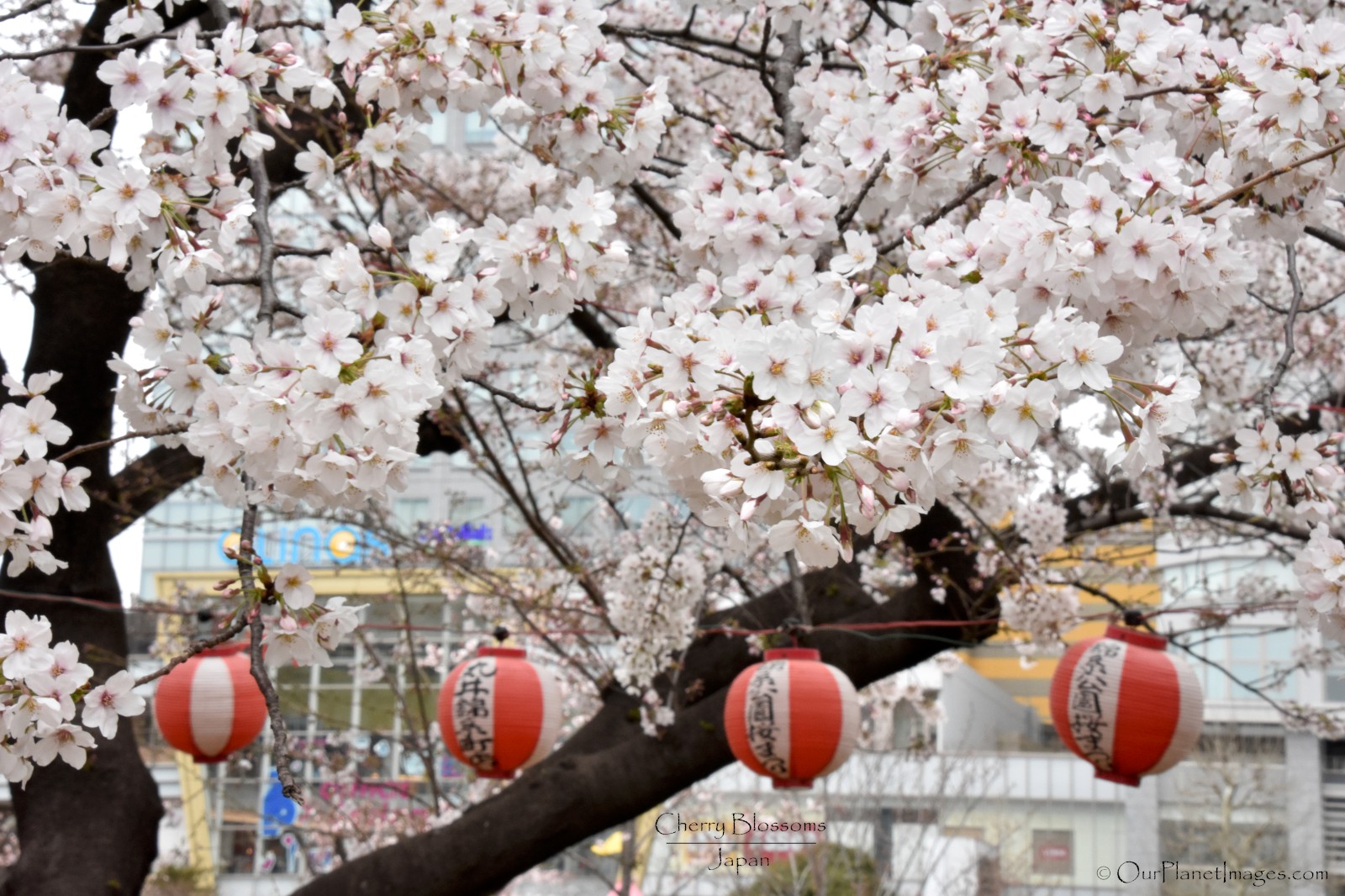
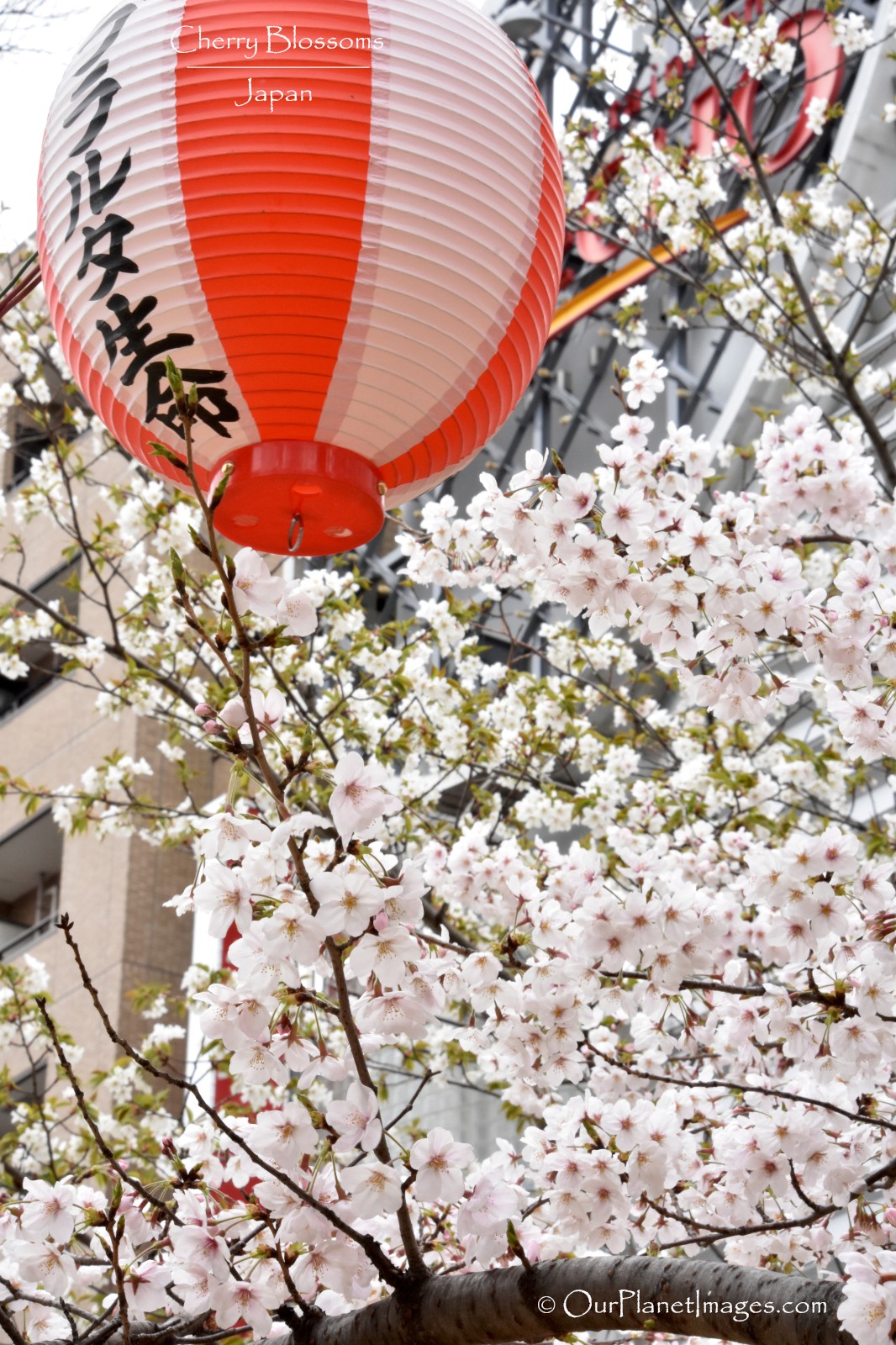
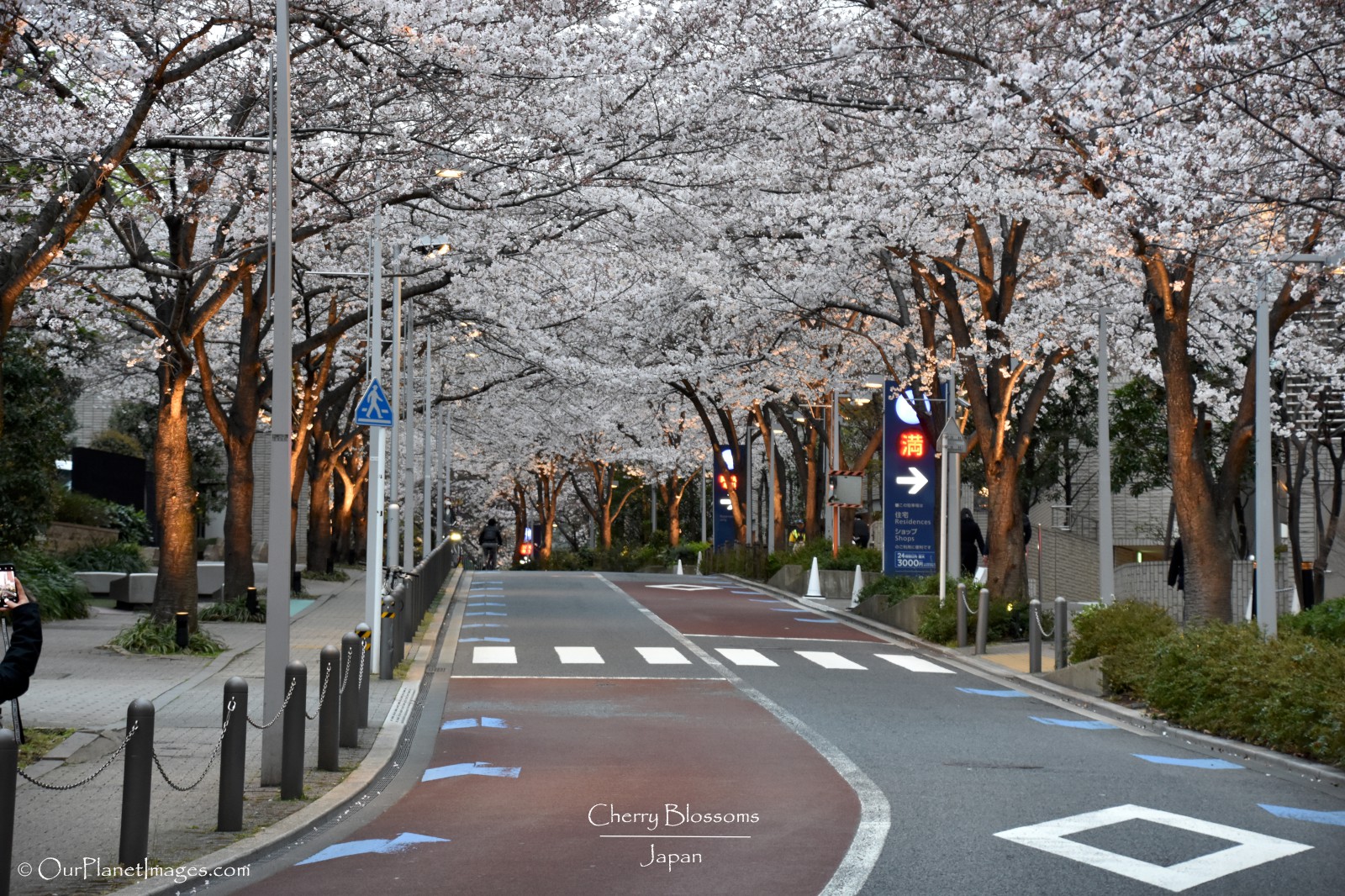
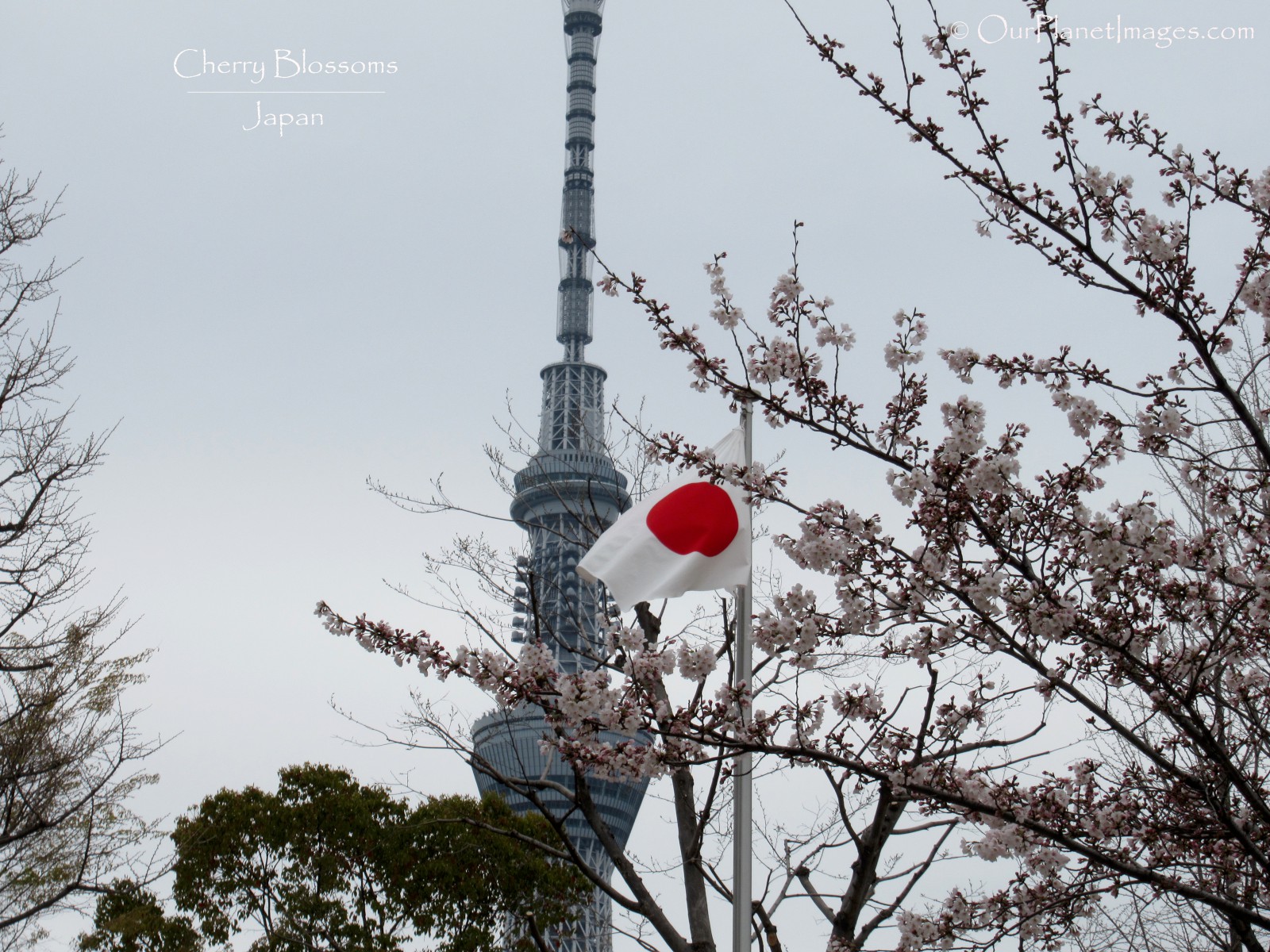
Night time viewing
The viewing cherry blossom doesn’t stop when the sun goes down during the peak cherry blossom time. There are many places that spotlight the cherry blossoms at night and people come out to enjoy viewing the beauty of the trees lit up during the darkness of the night.
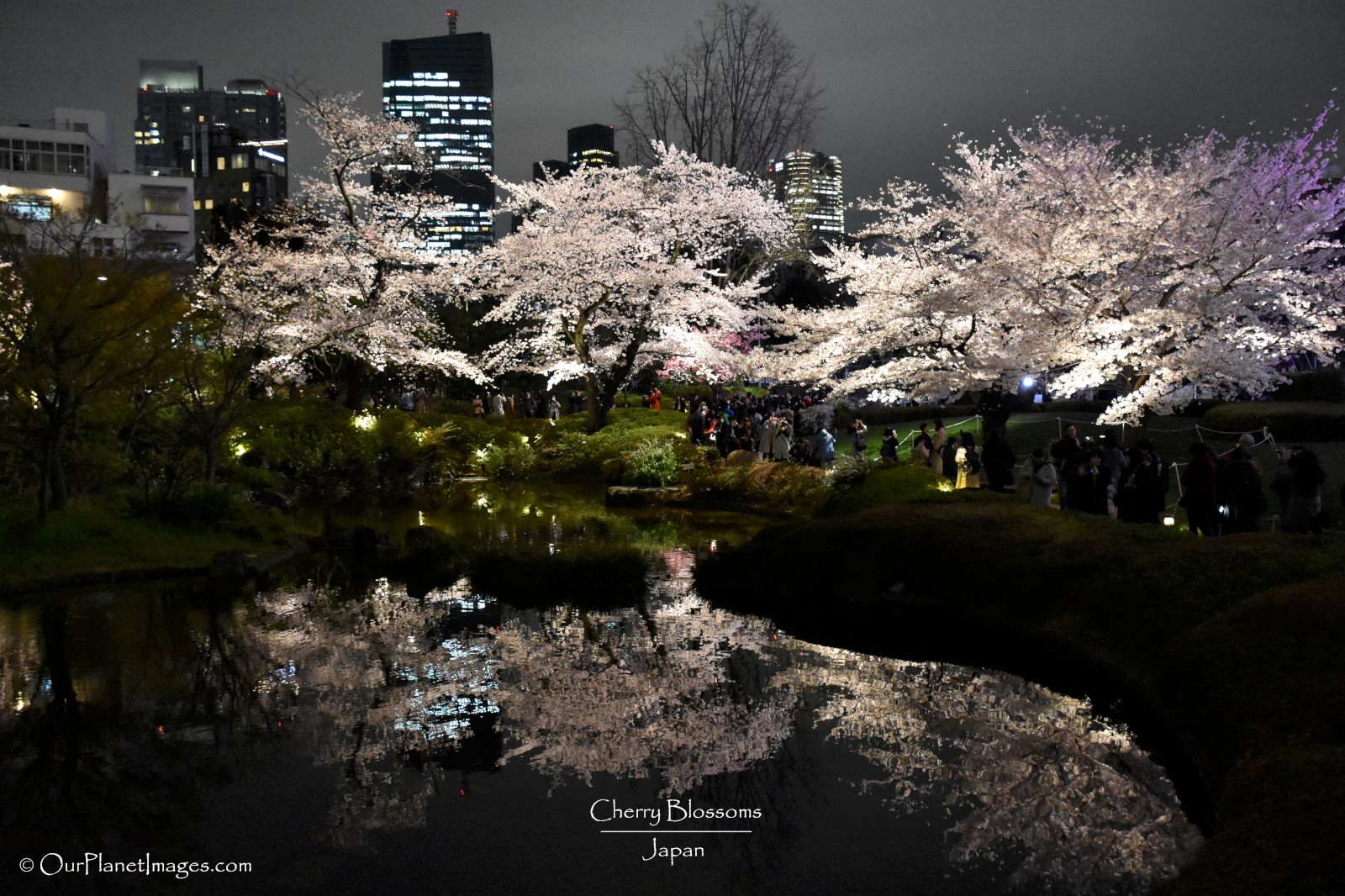
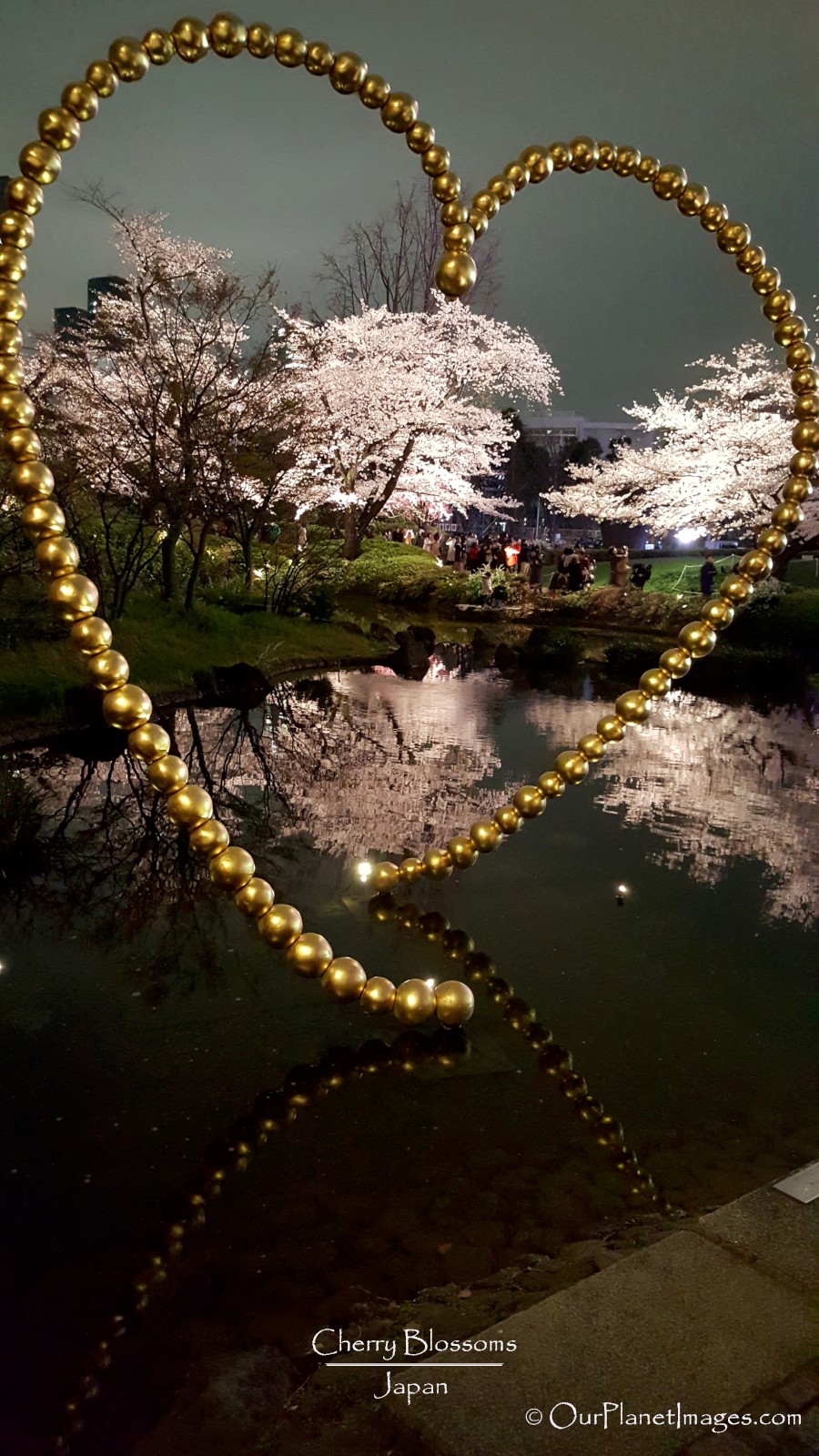
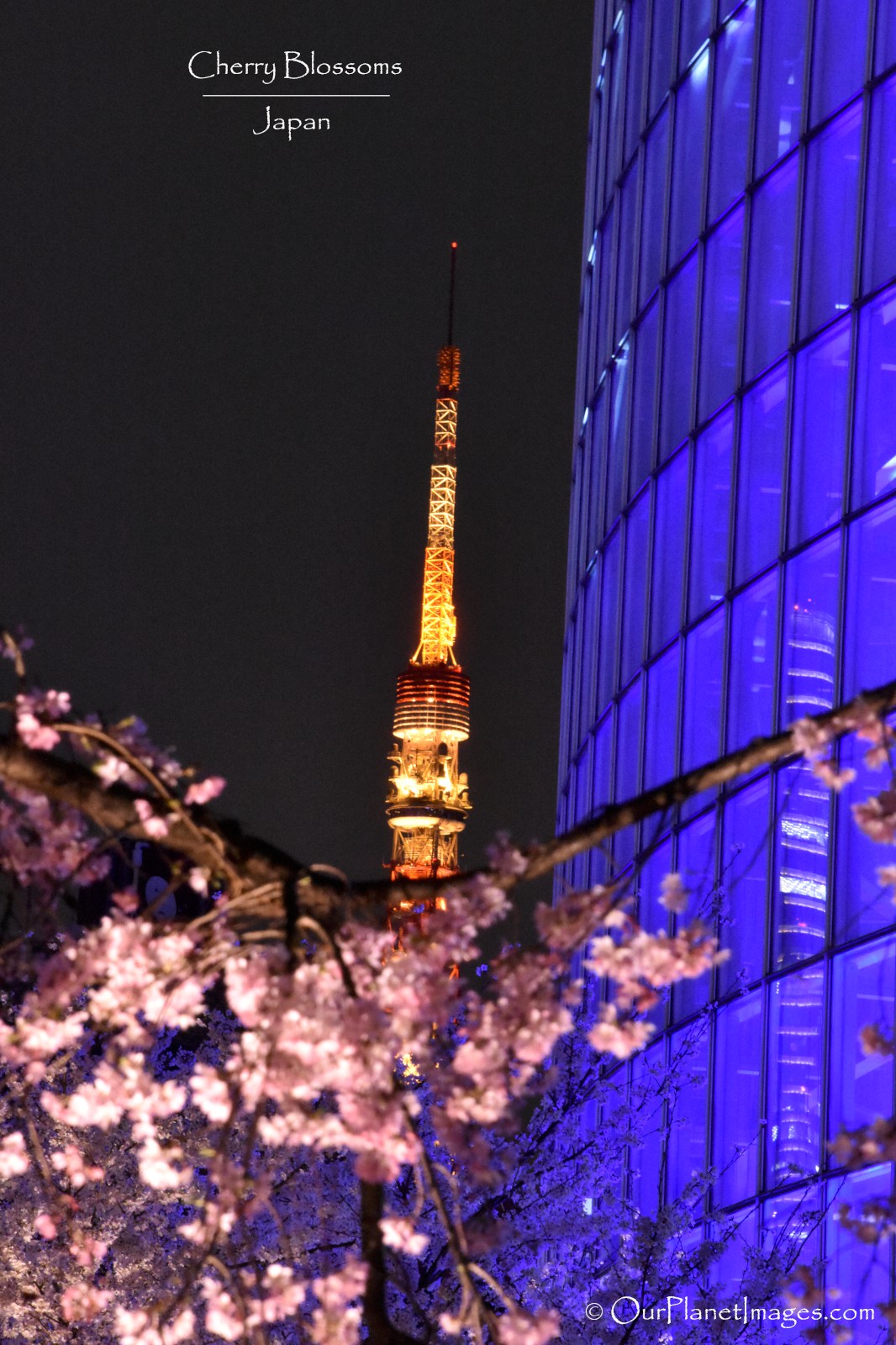
When is the best time to see the cherry blossoms in Japan?
Every year is different when it comes to the cherry trees. Usually, the blooms burst into color between March and early April. The tricky part is that the trees in different locations of the country start at different times. The trees in southern Japan start first and trees in northern Japan start last. From the time the trees in the south start to the time they start in the north is usually about 6 weeks.
Cherry blossoms can be seen in a location for close to two weeks but the peak bloom only last for a few days and each individual tree may only flower for about a week.
The Dust on My Shoes
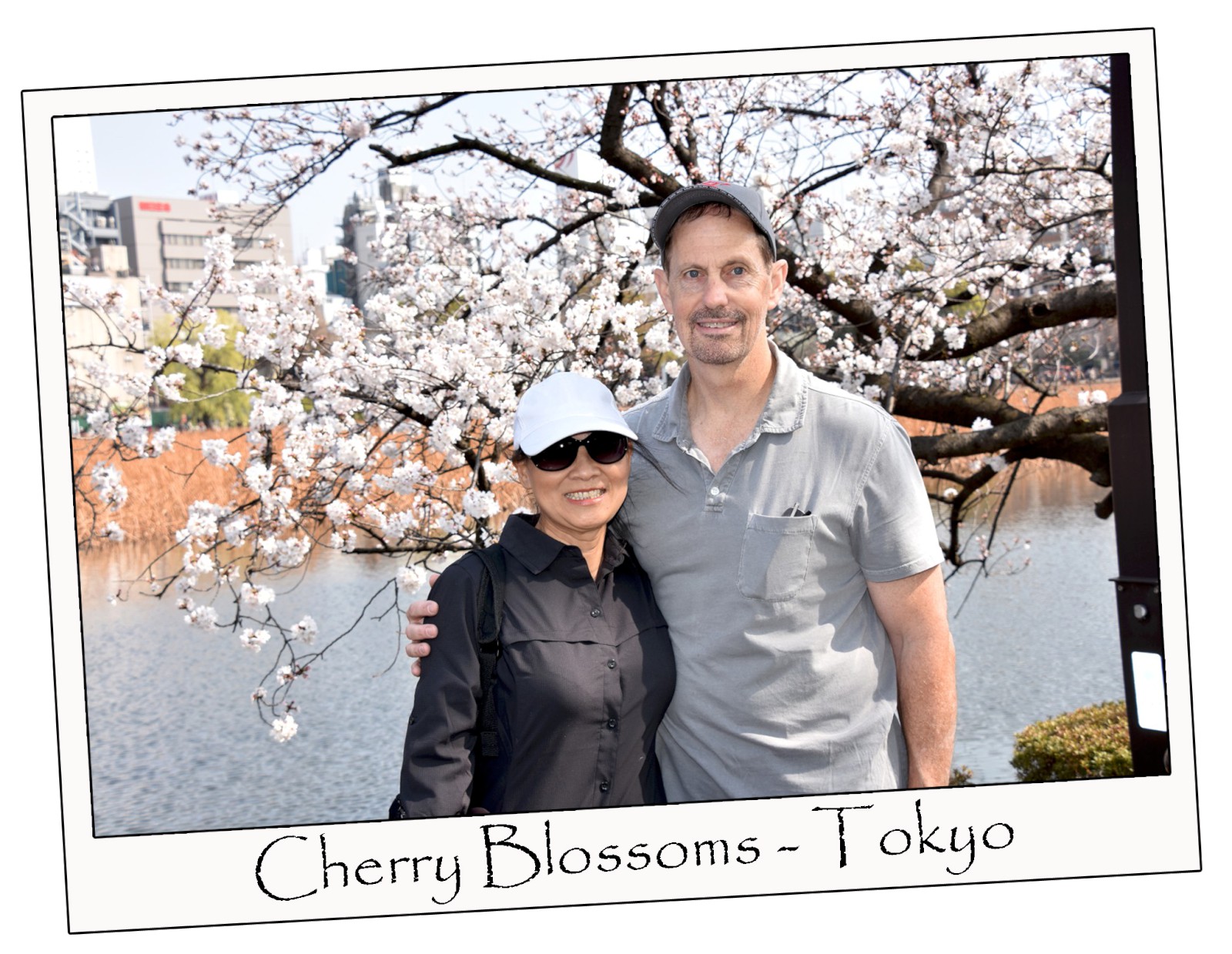
Going to Japan to see the cherry blossoms in full bloom was something that I wanted to do for a long time. I had seen photos that were amazingly beautiful and thought that the cherry blossom season in Japan had to be one of nature’s displays of beauty on a grand scale.
Timing a trip to Japan to see the peak cherry blossom bloom is difficult to do because a variety of factors can affect when the cherry blossoms comes into bloom. A cold winter can cause the flowers to come out late, a mild winter can bring them out sooner and a heavy rain can make the trees drop their petals quicker than normal. The good news is that even if you miss the peak bloom you will most likely be able to see many beautiful places with lots of cherry trees blooming.
Even though the cherry blossoms are truly beautiful there is more to the cherry blossoms than just being pretty. In Japan, the cherry blossoms have several meanings. The cherry blossoms indicate that the winter is coming to an end and in times past it was a signal that it was time to plant rice. The blossoms are special because they are temporary and they represent a new beginning.
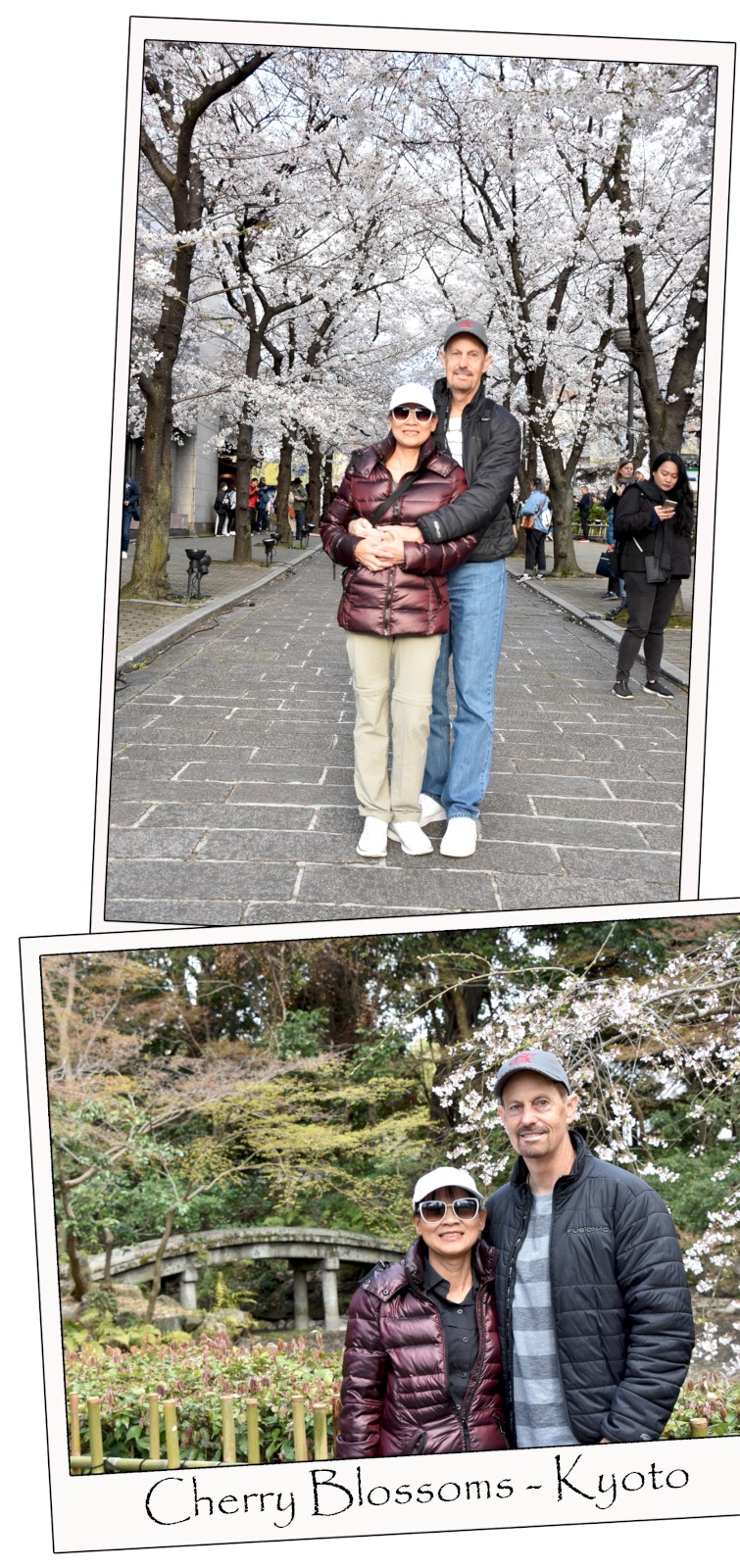
There are also a couple of lessons that are taught from the cherry blossom season:
- The cherry blossom is a delicate flower but when they are combined with thousands of others they have a tremendous impact.
- Cherry blossoms are very temporary, they only last for a short time and then they are gone, that is why they are savored.
